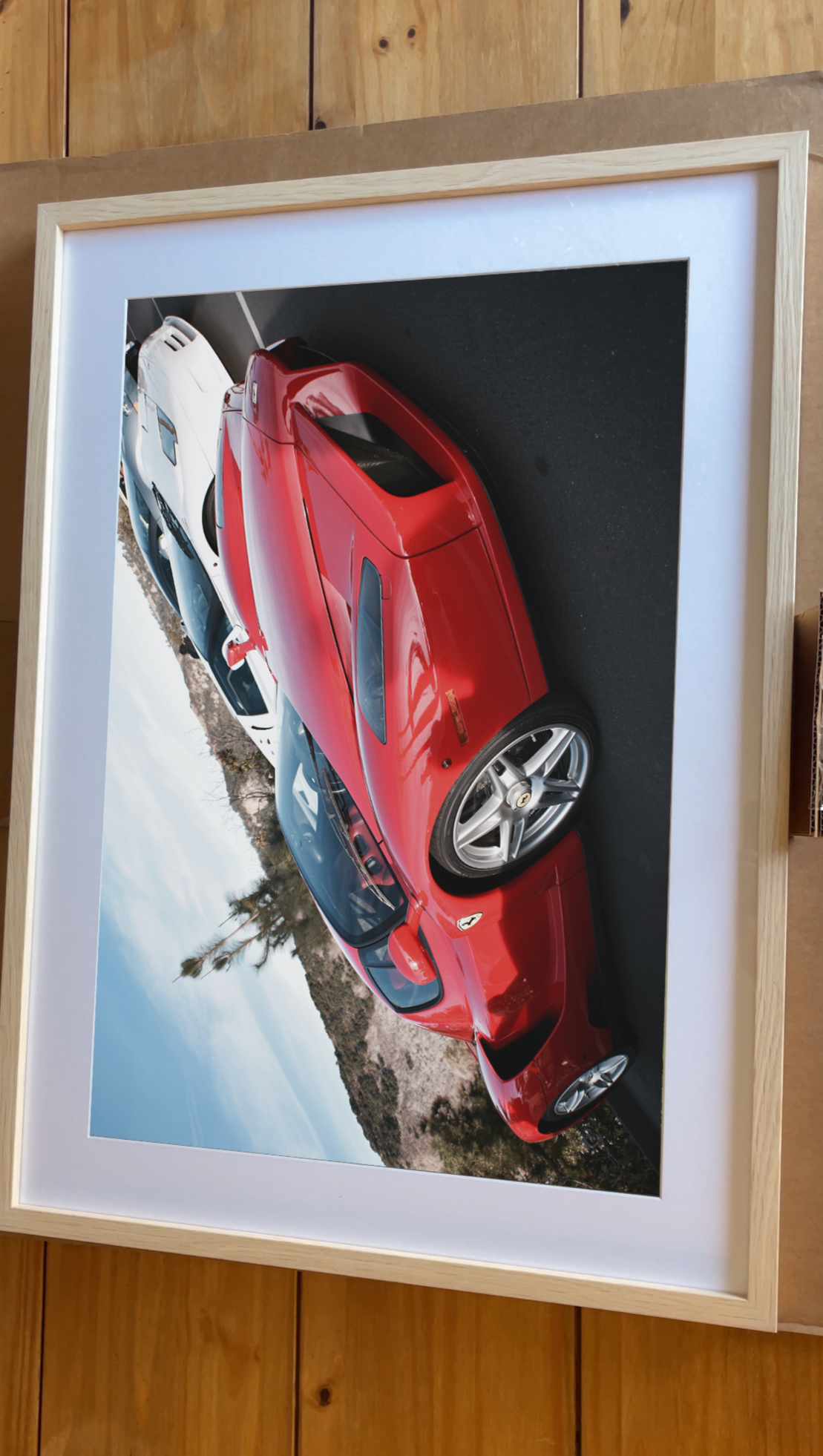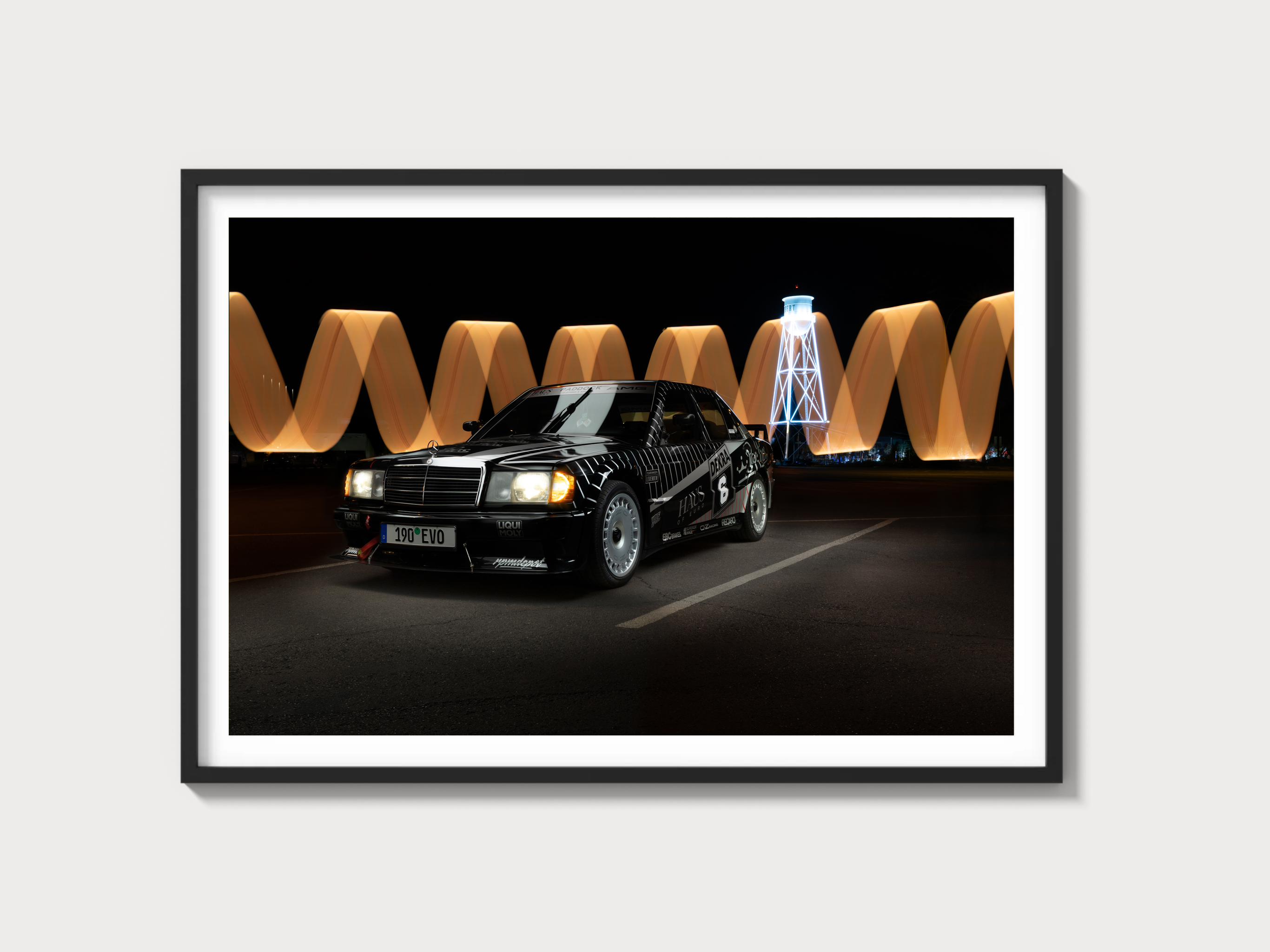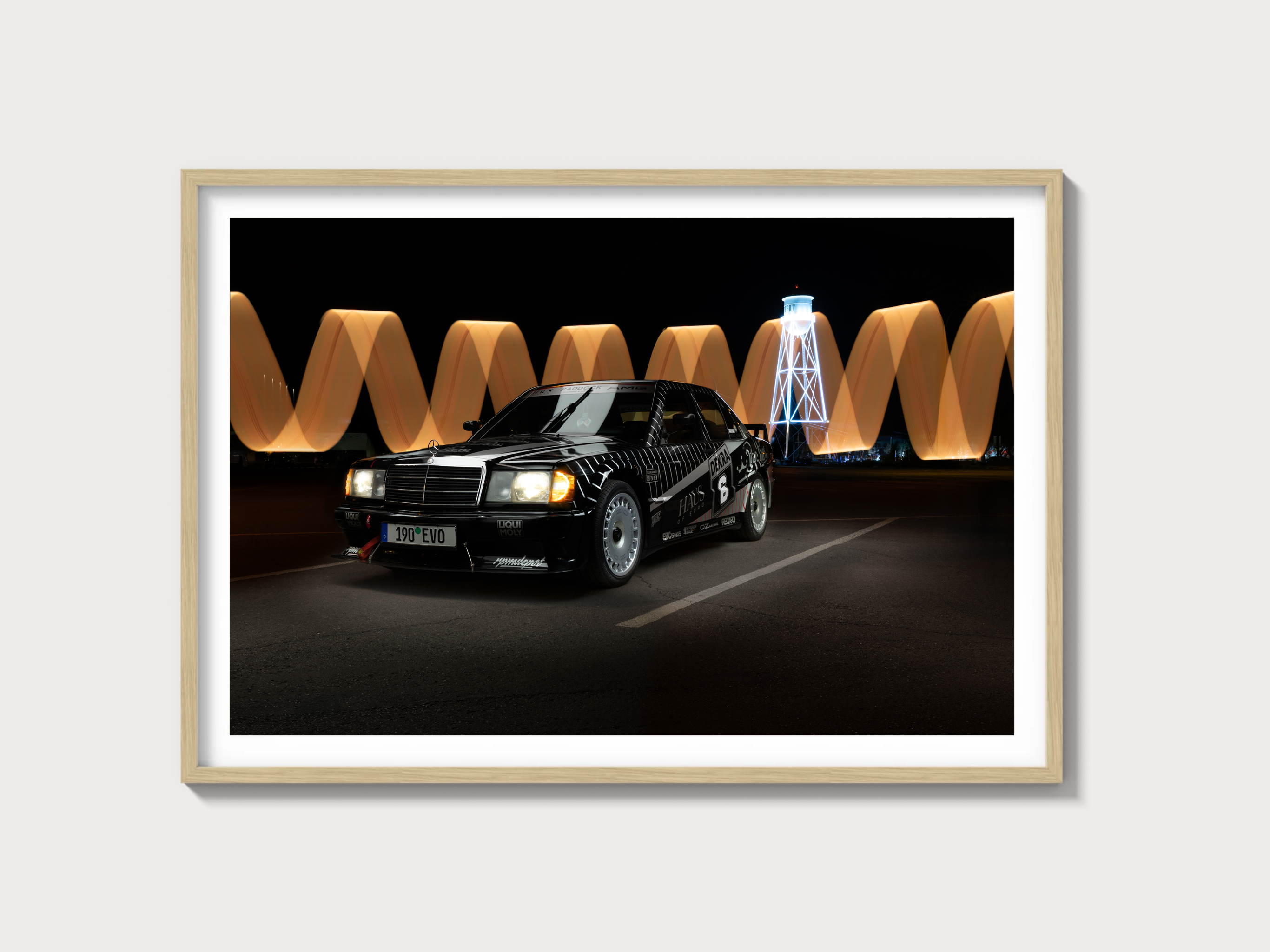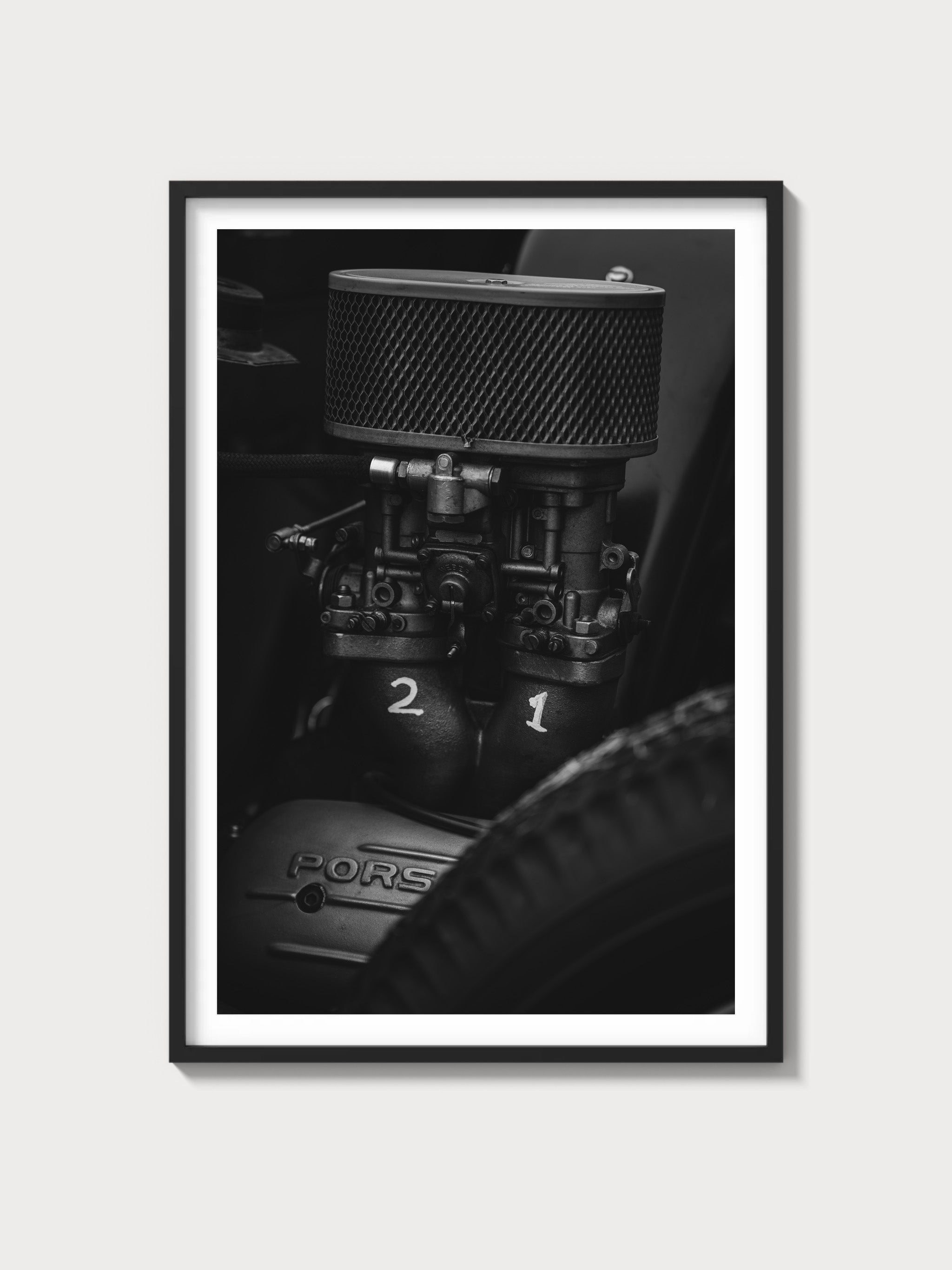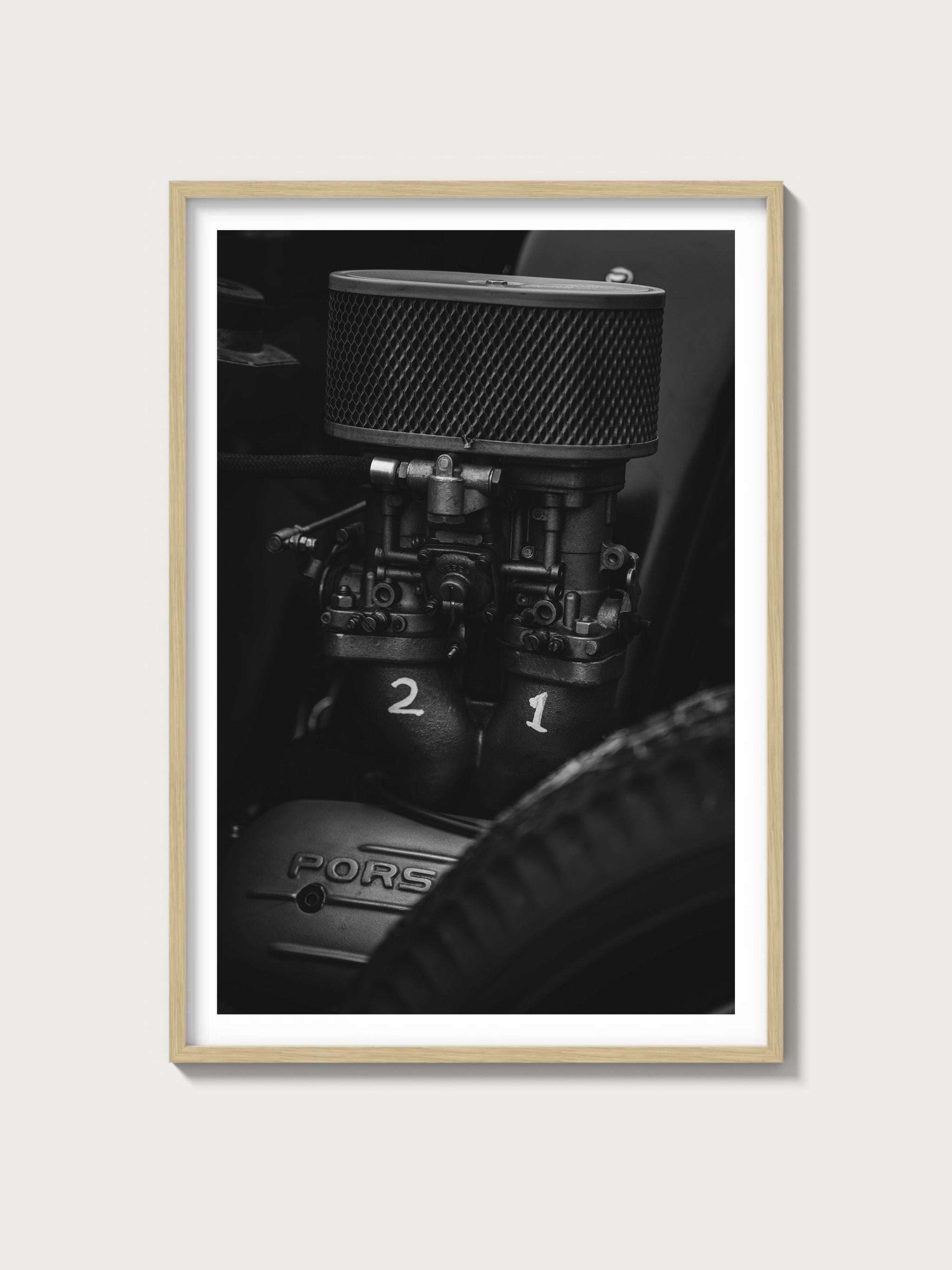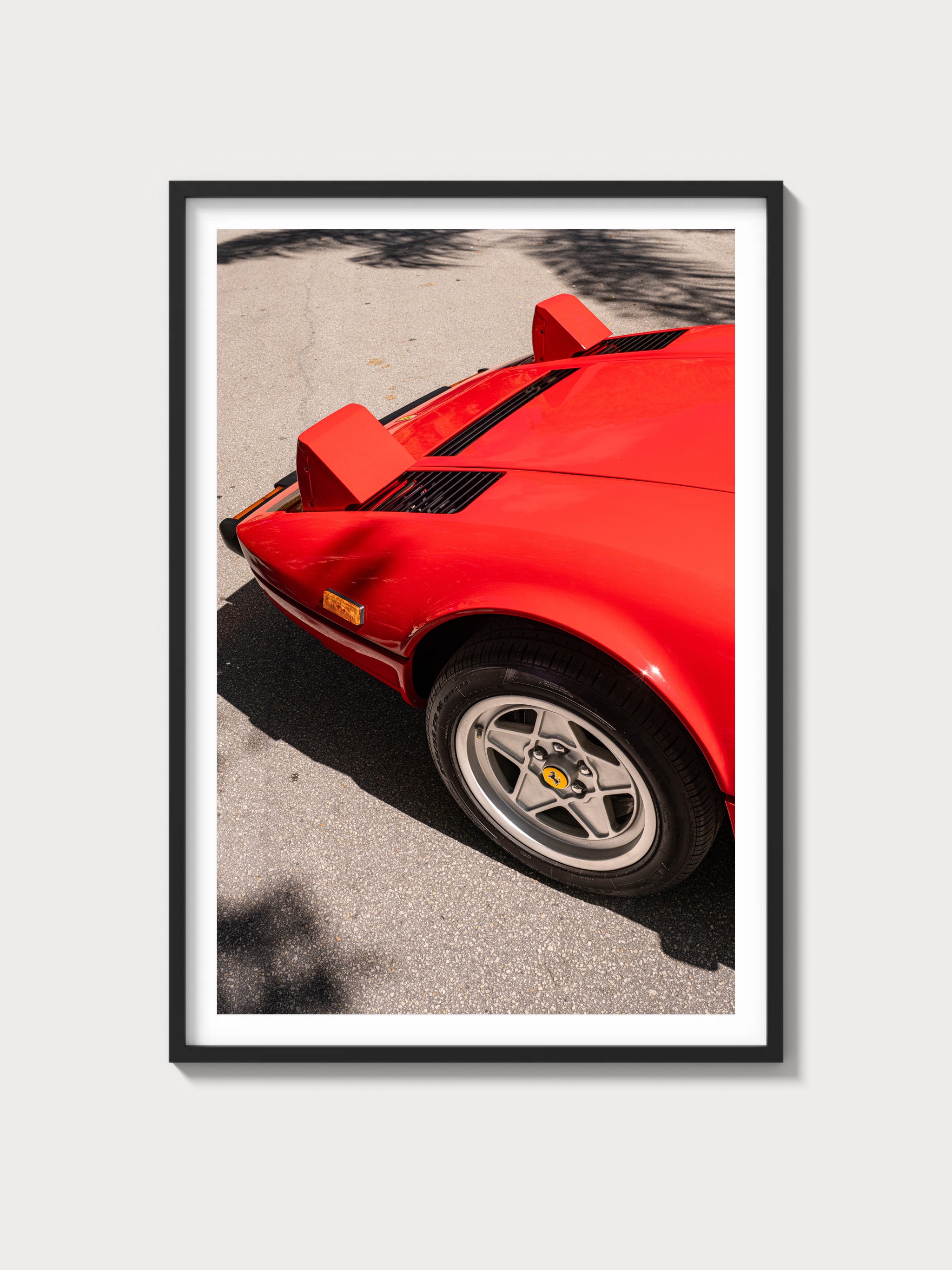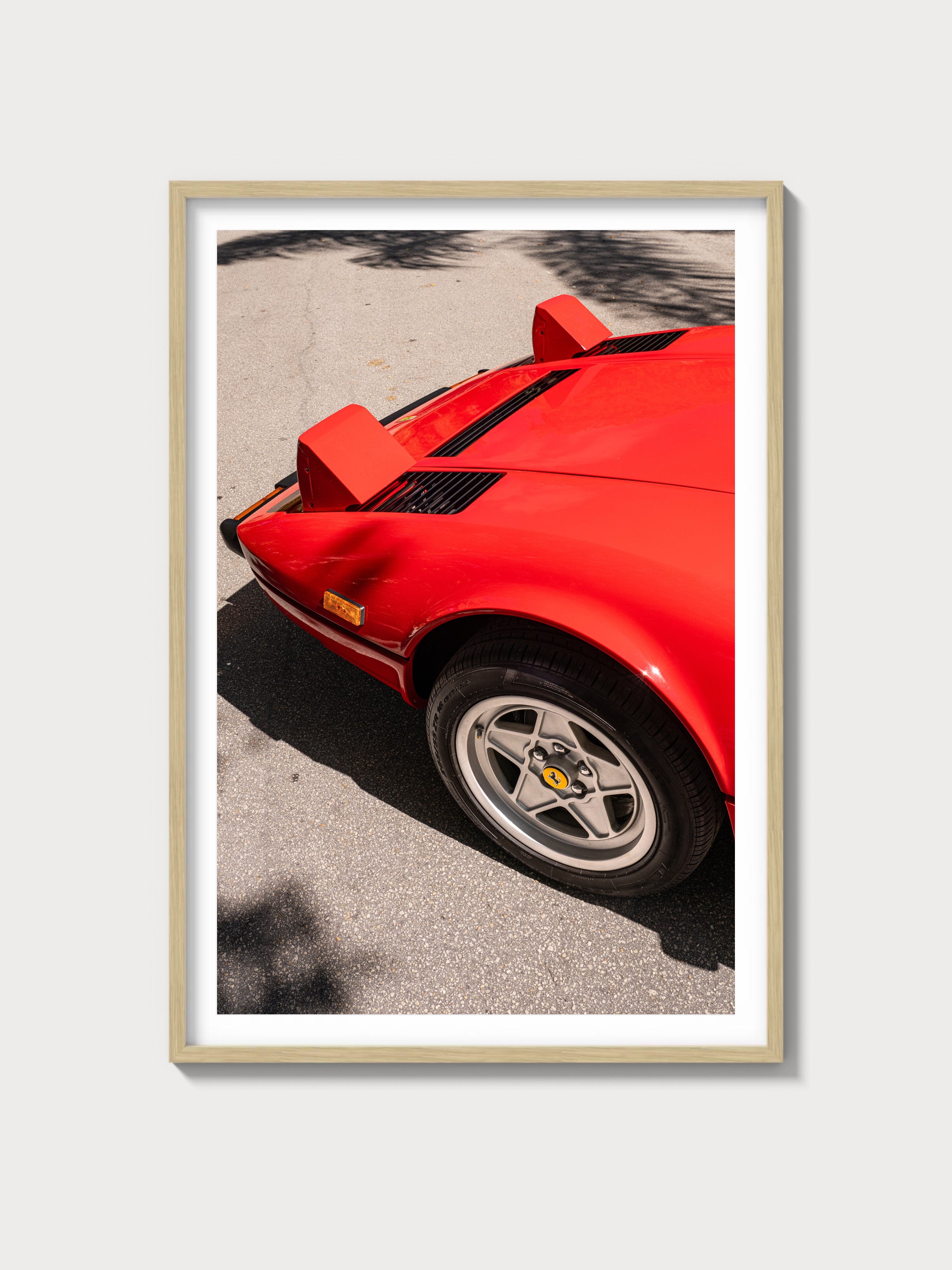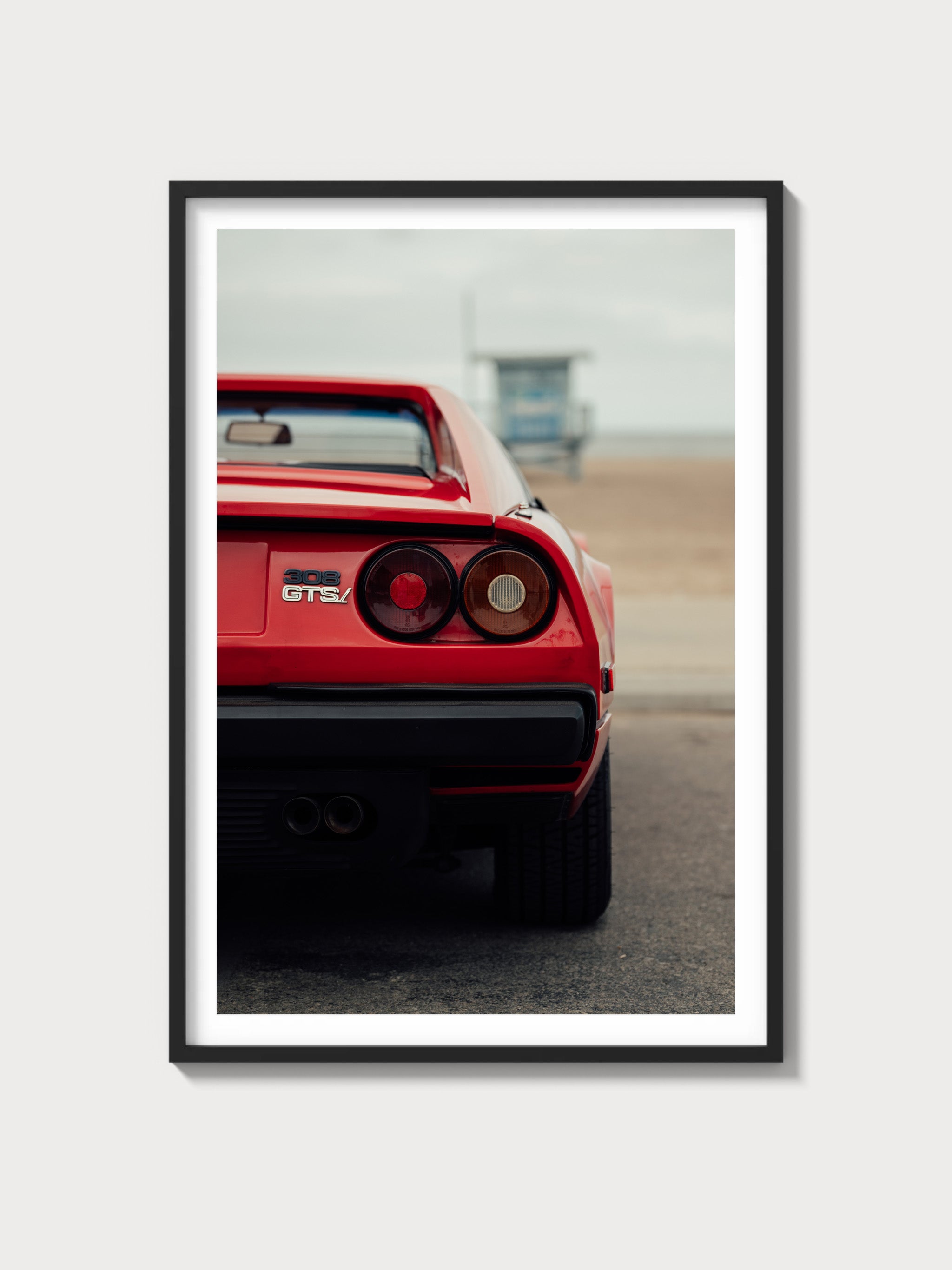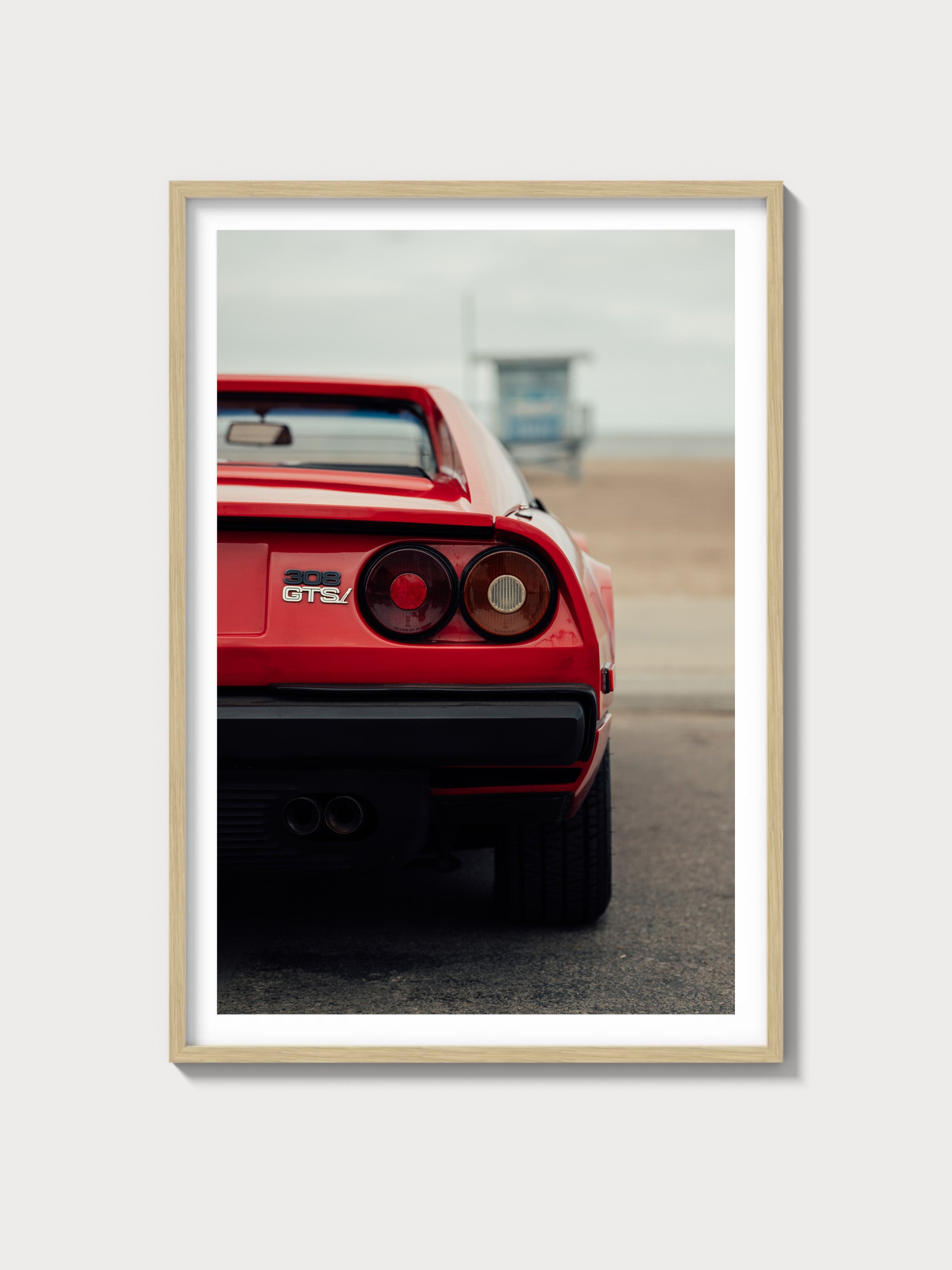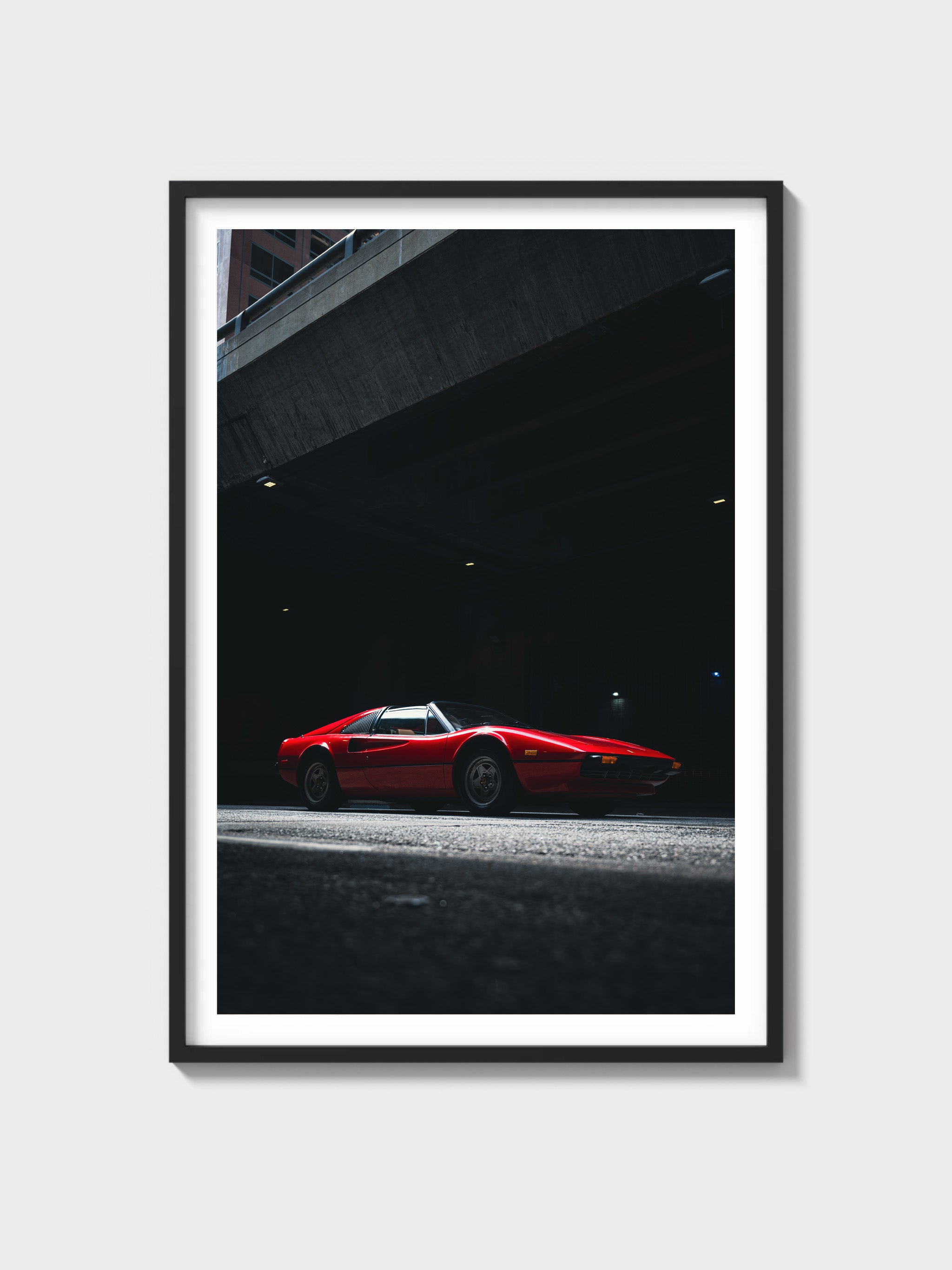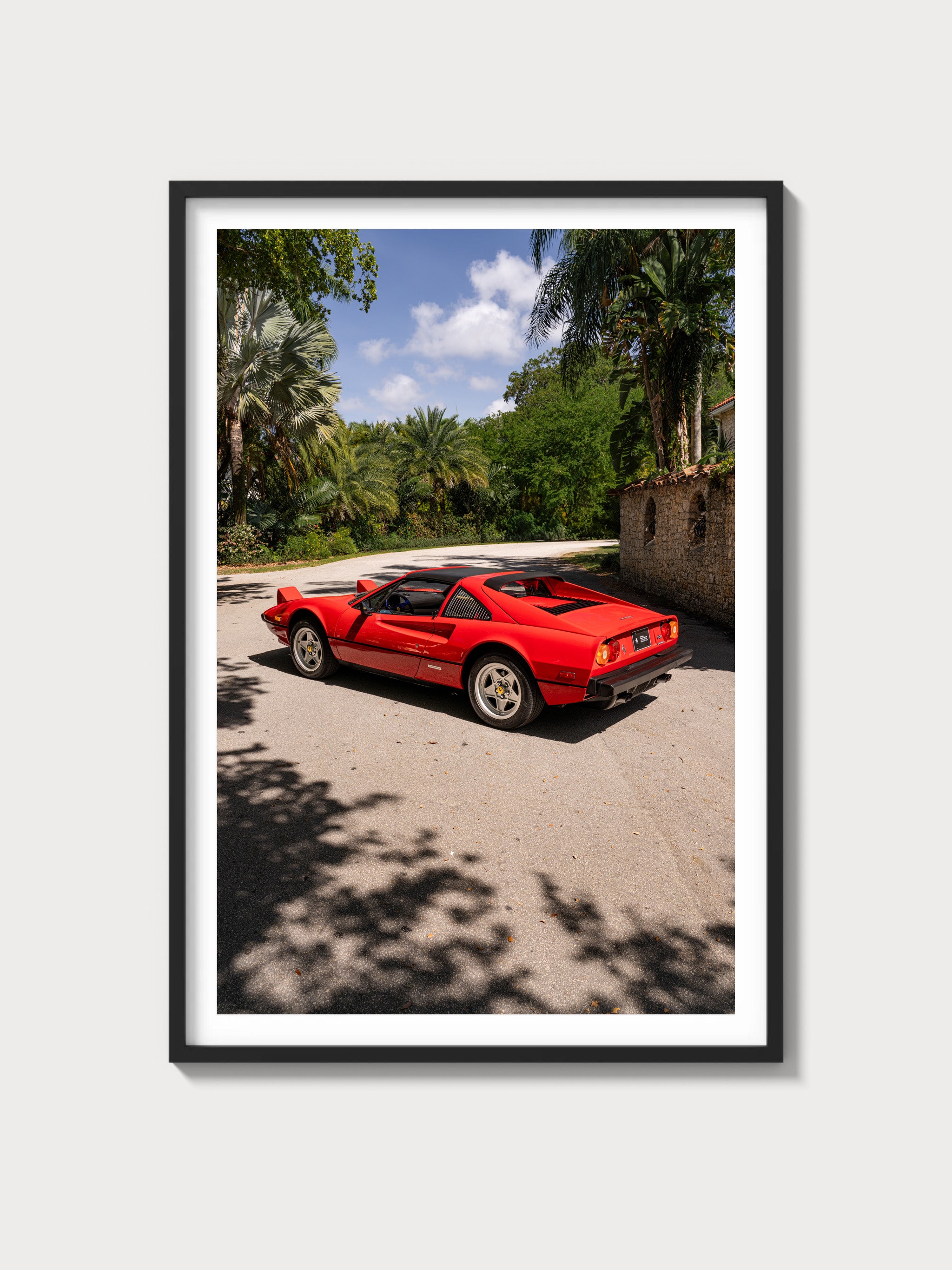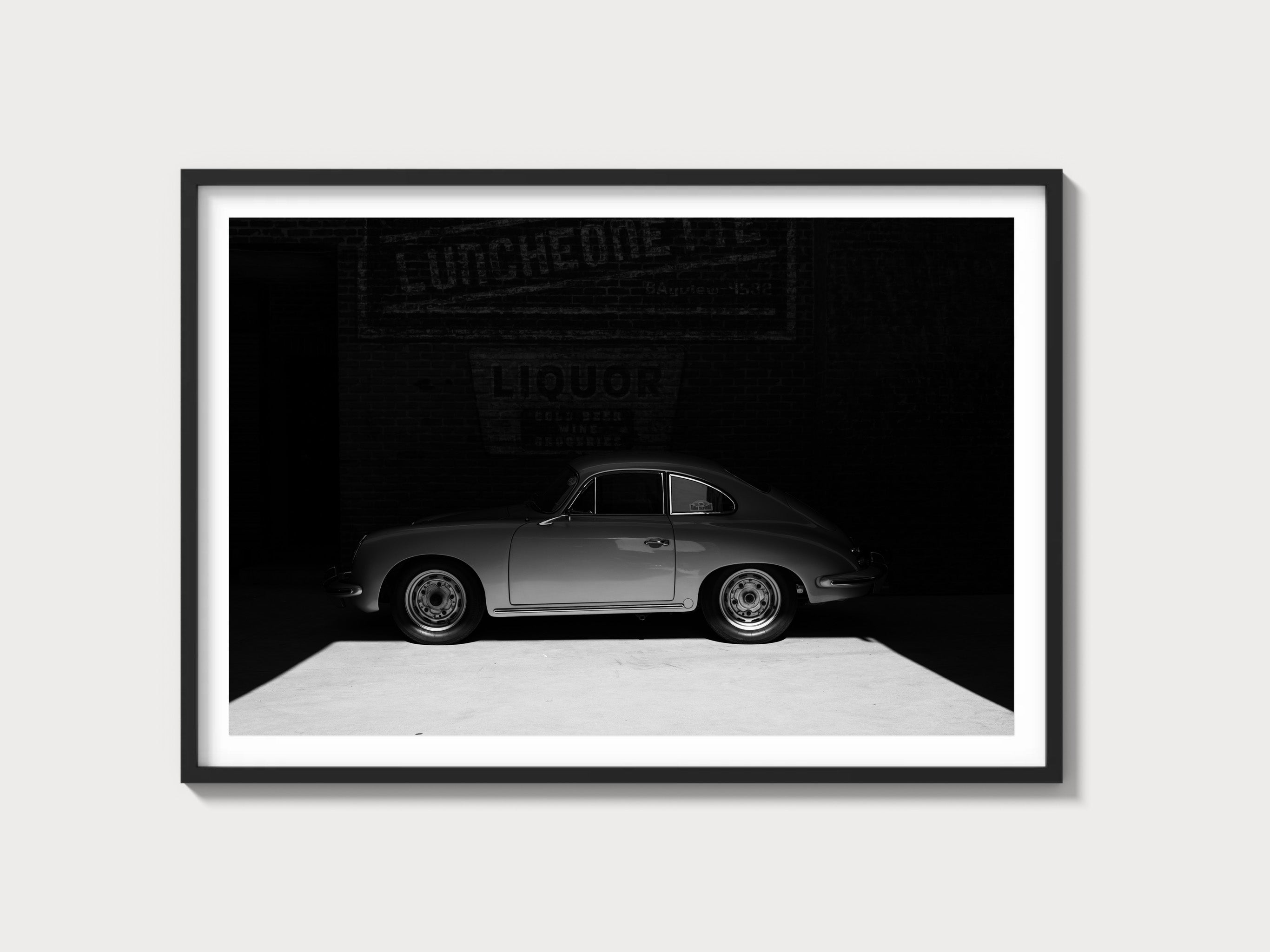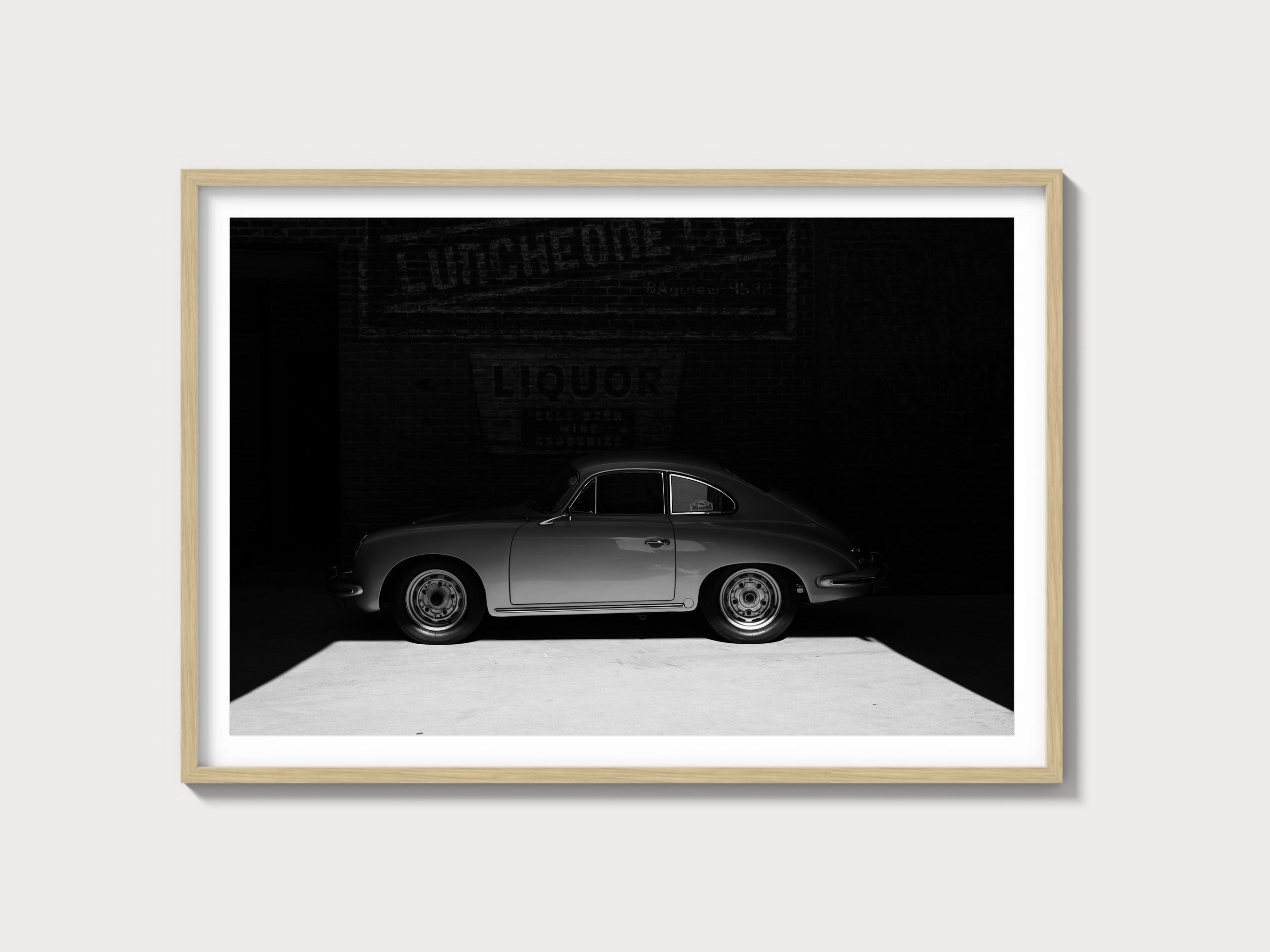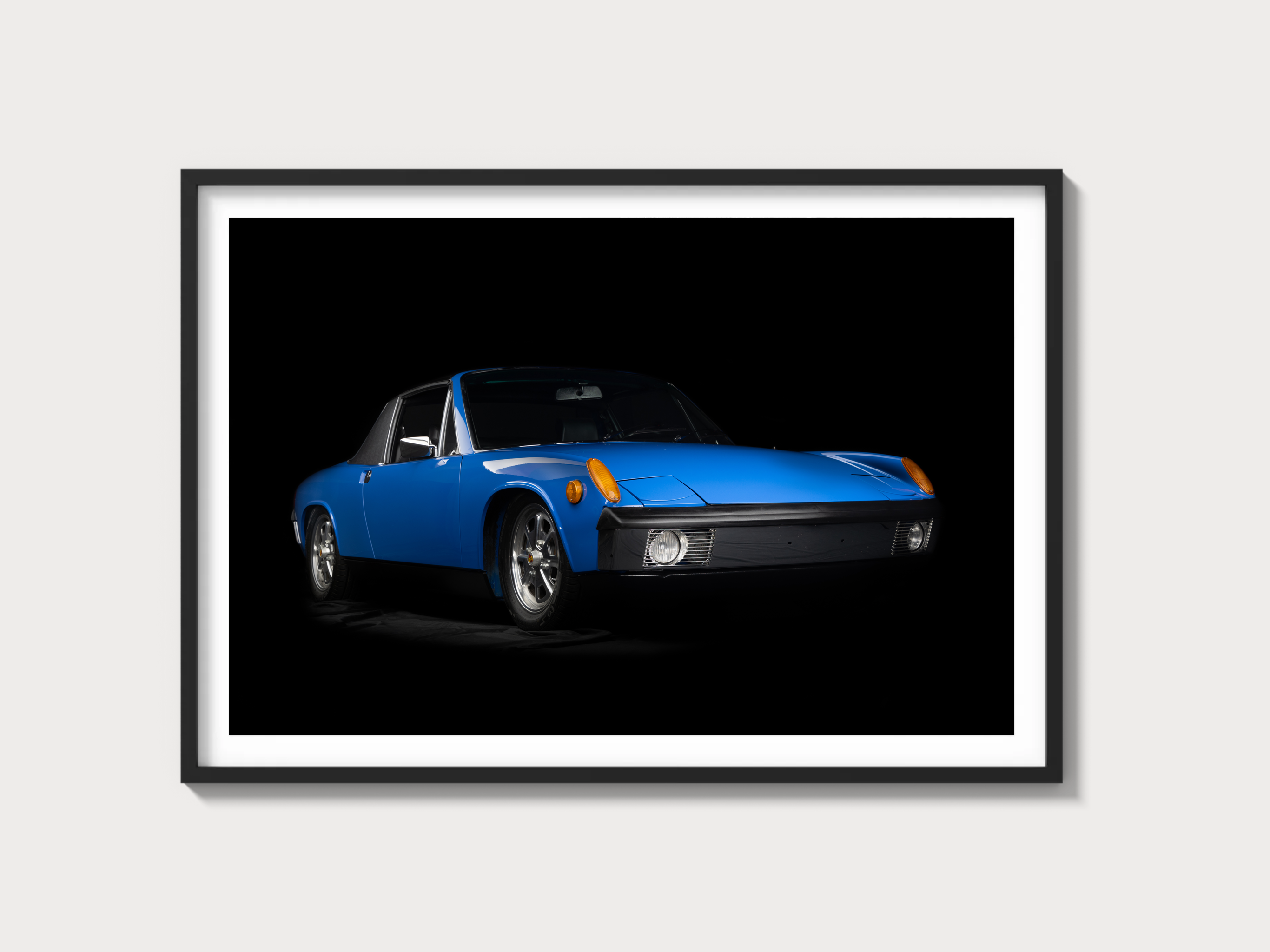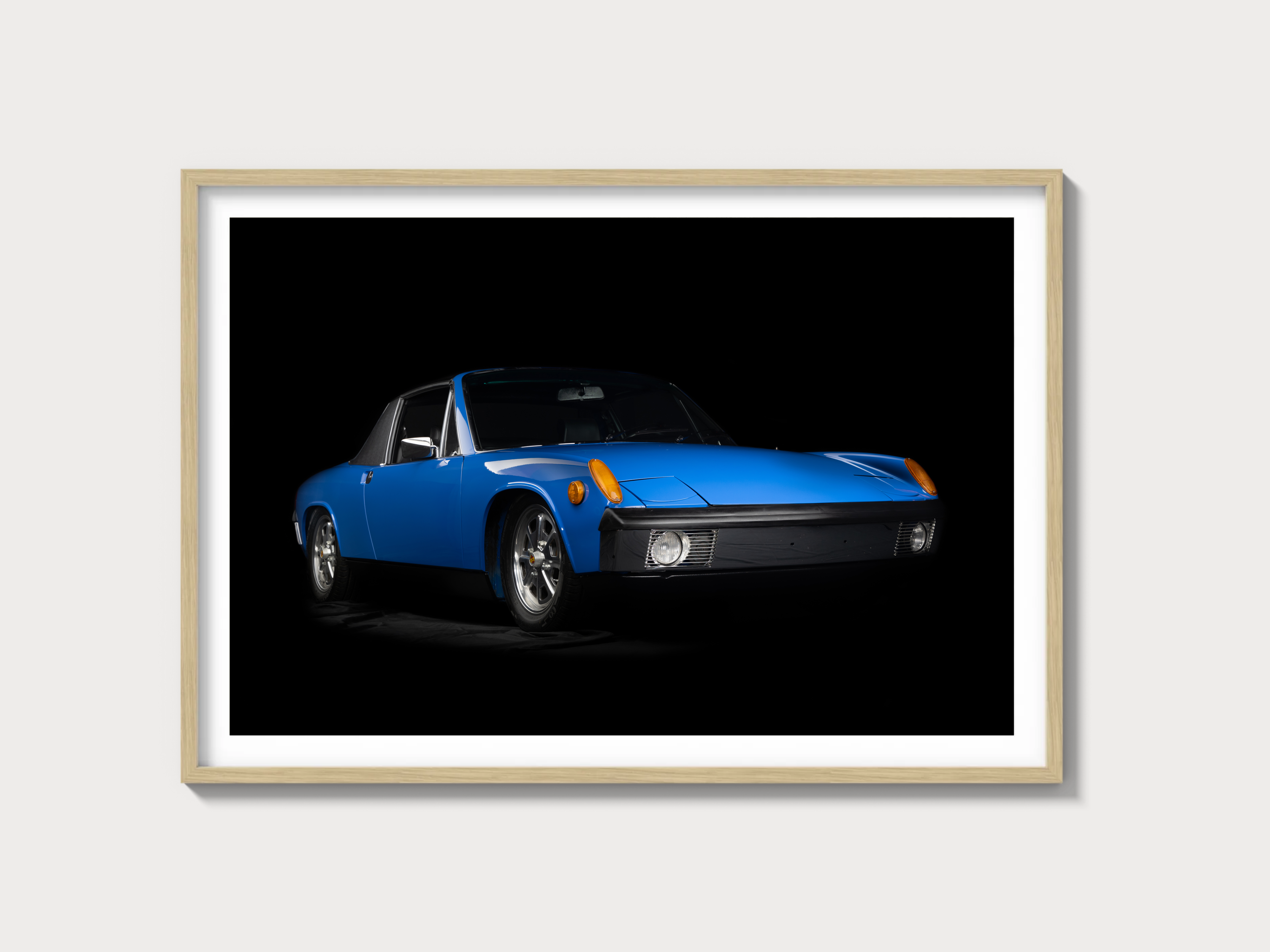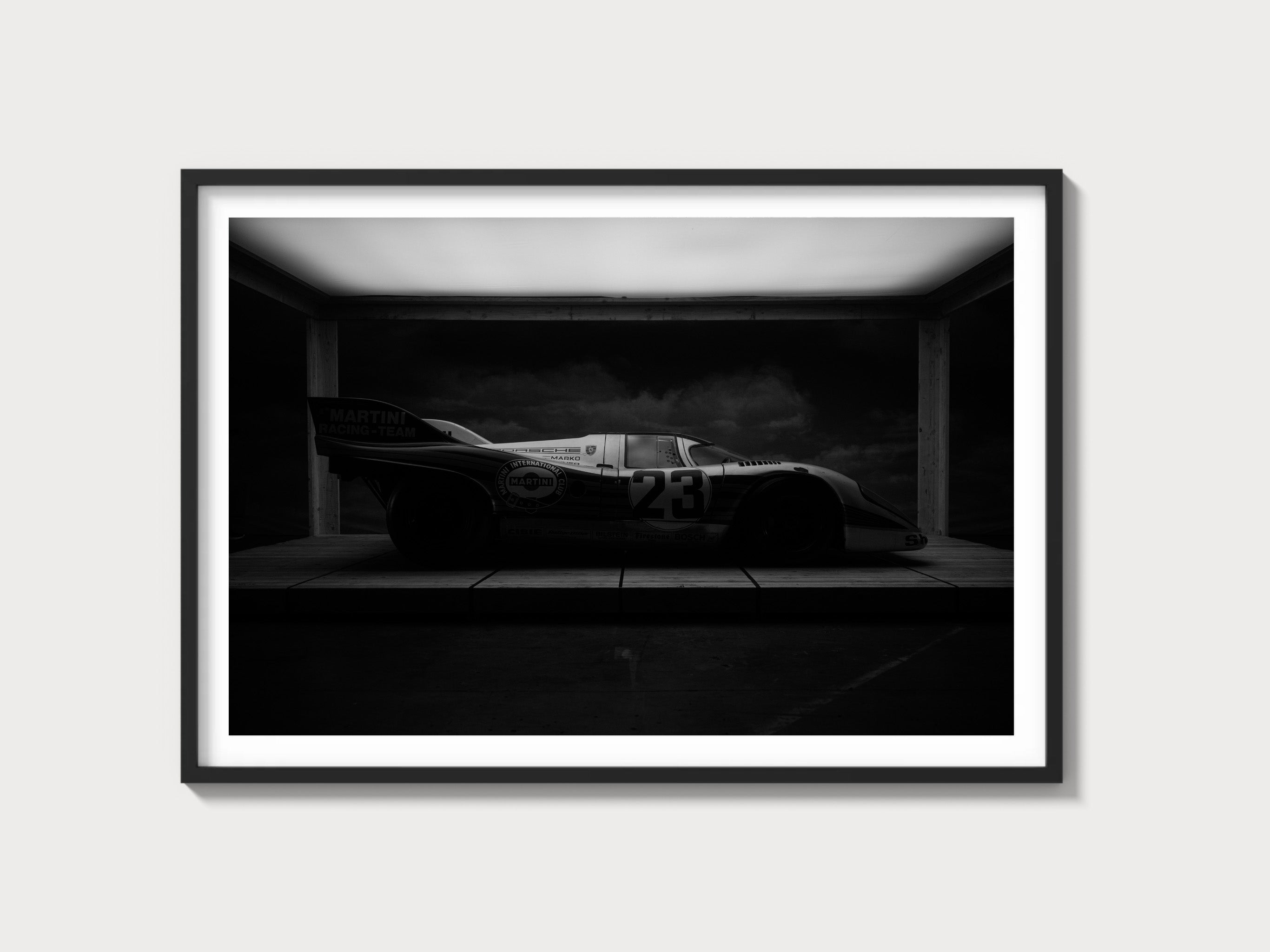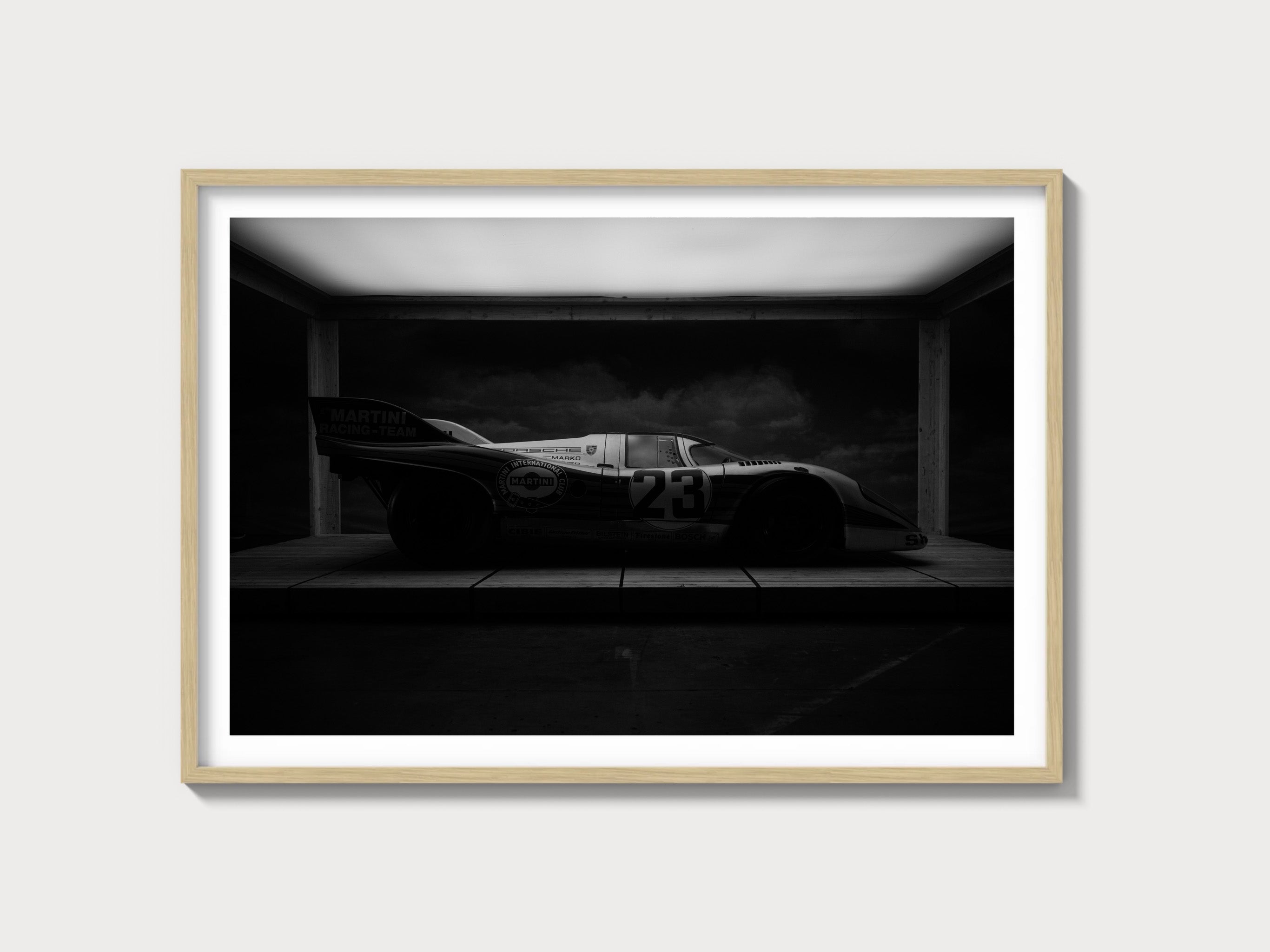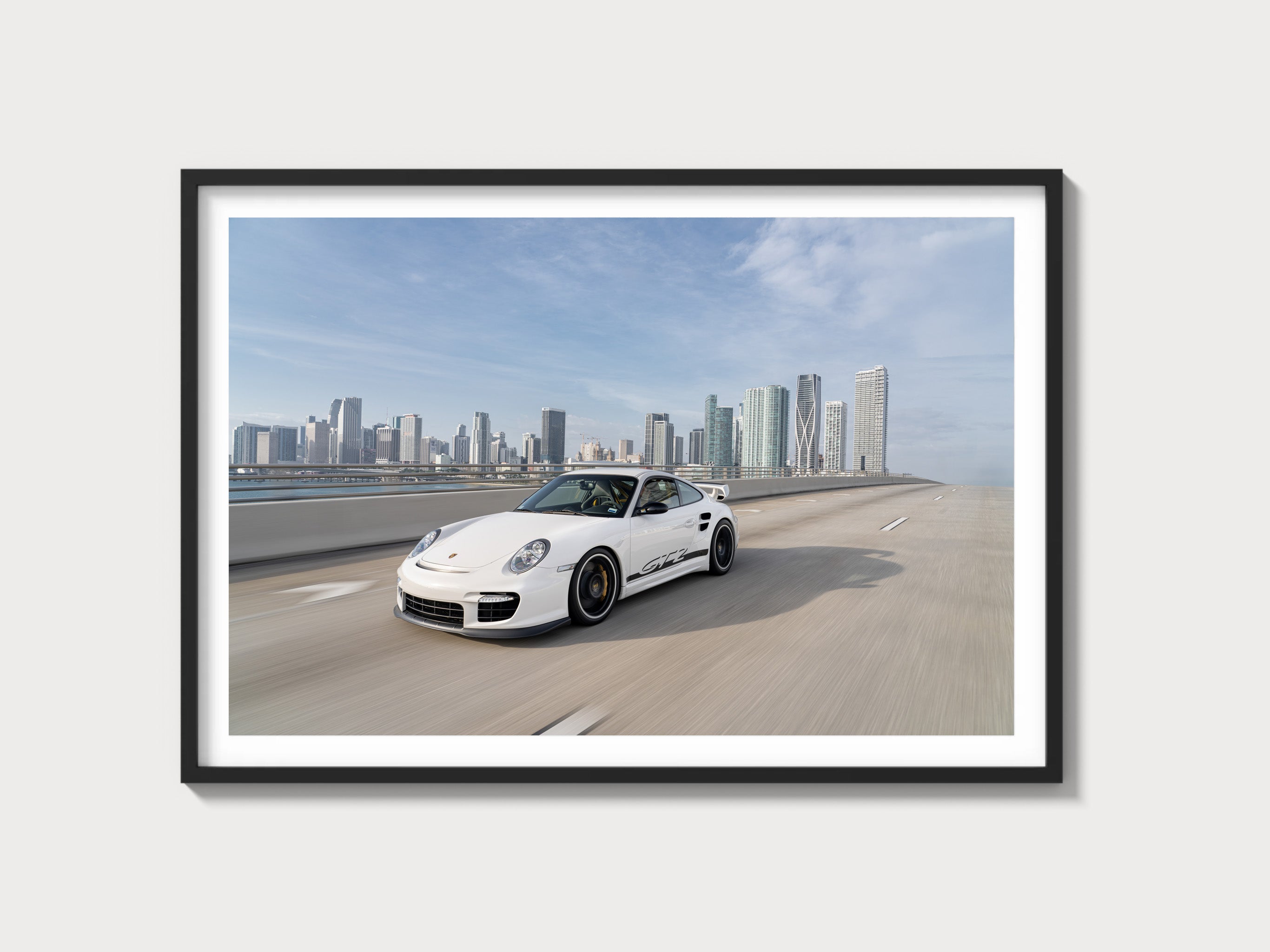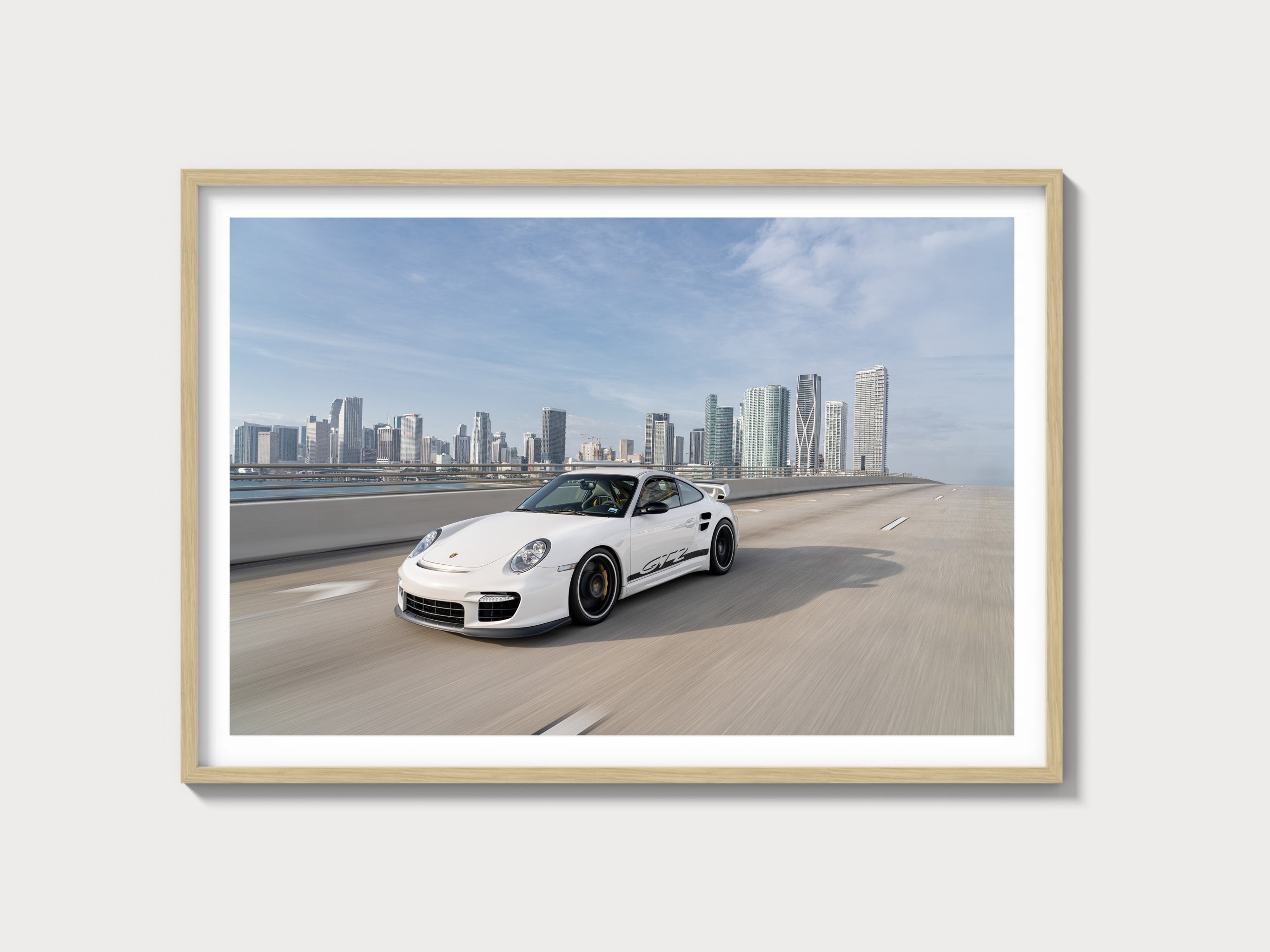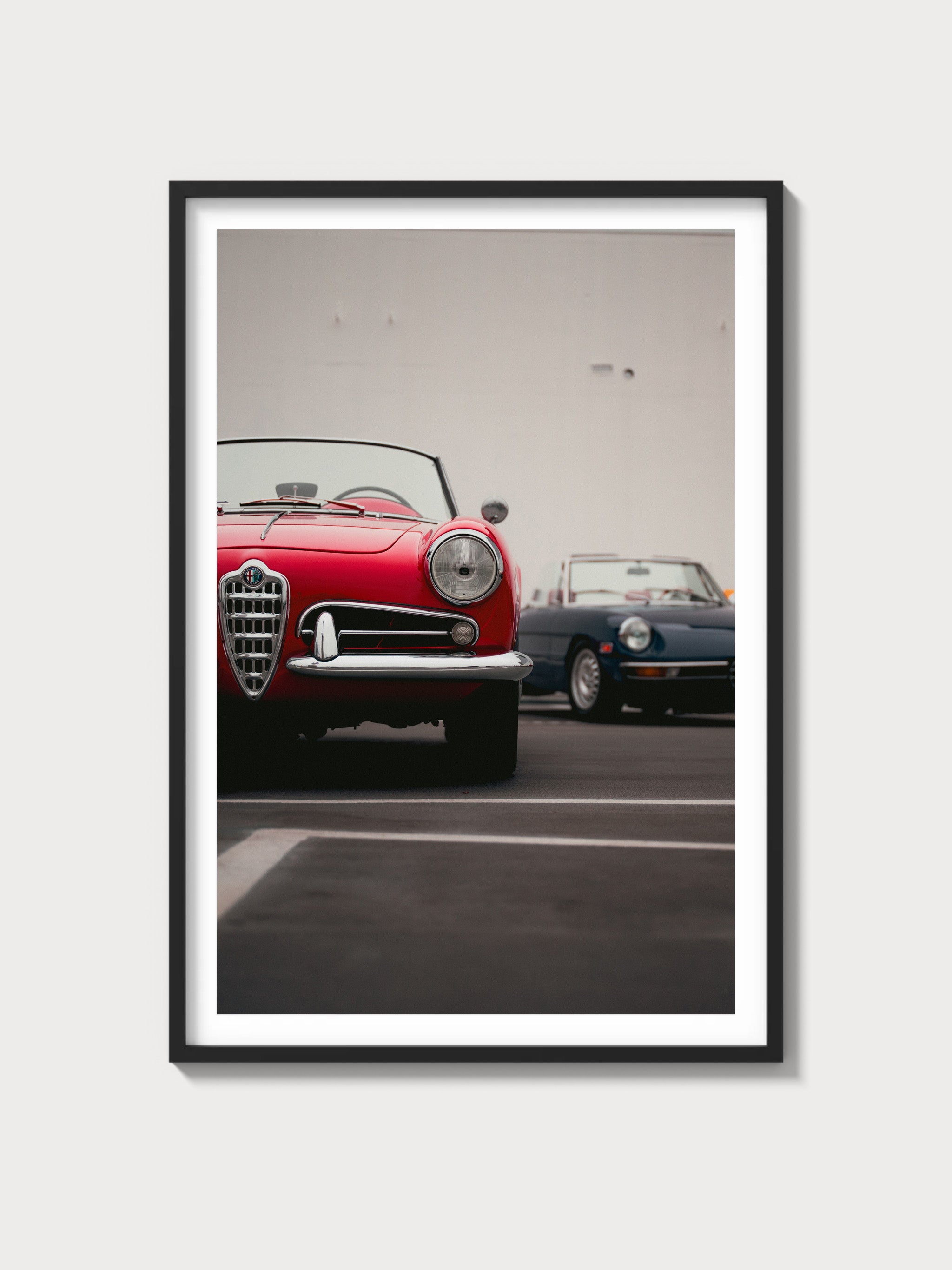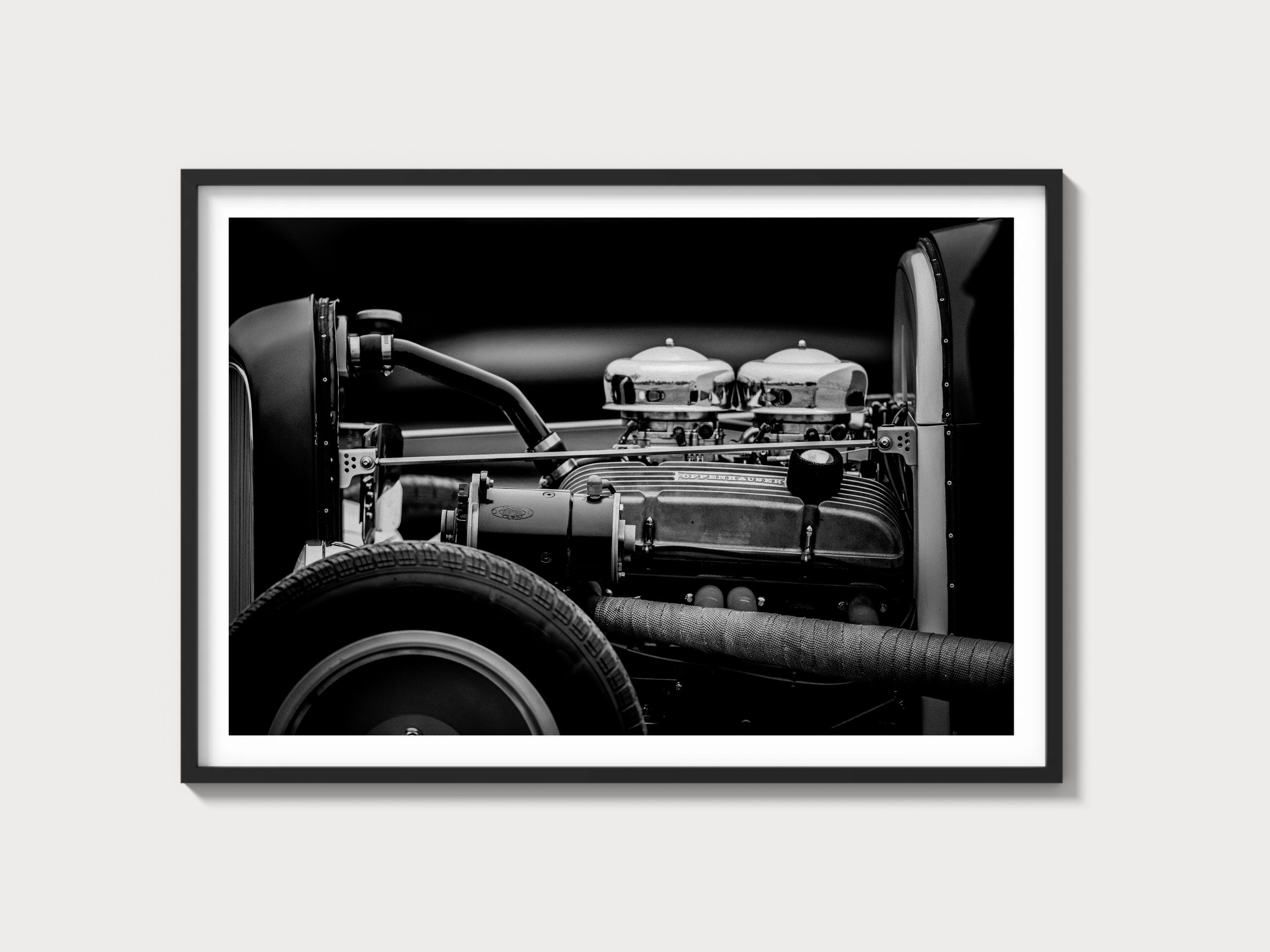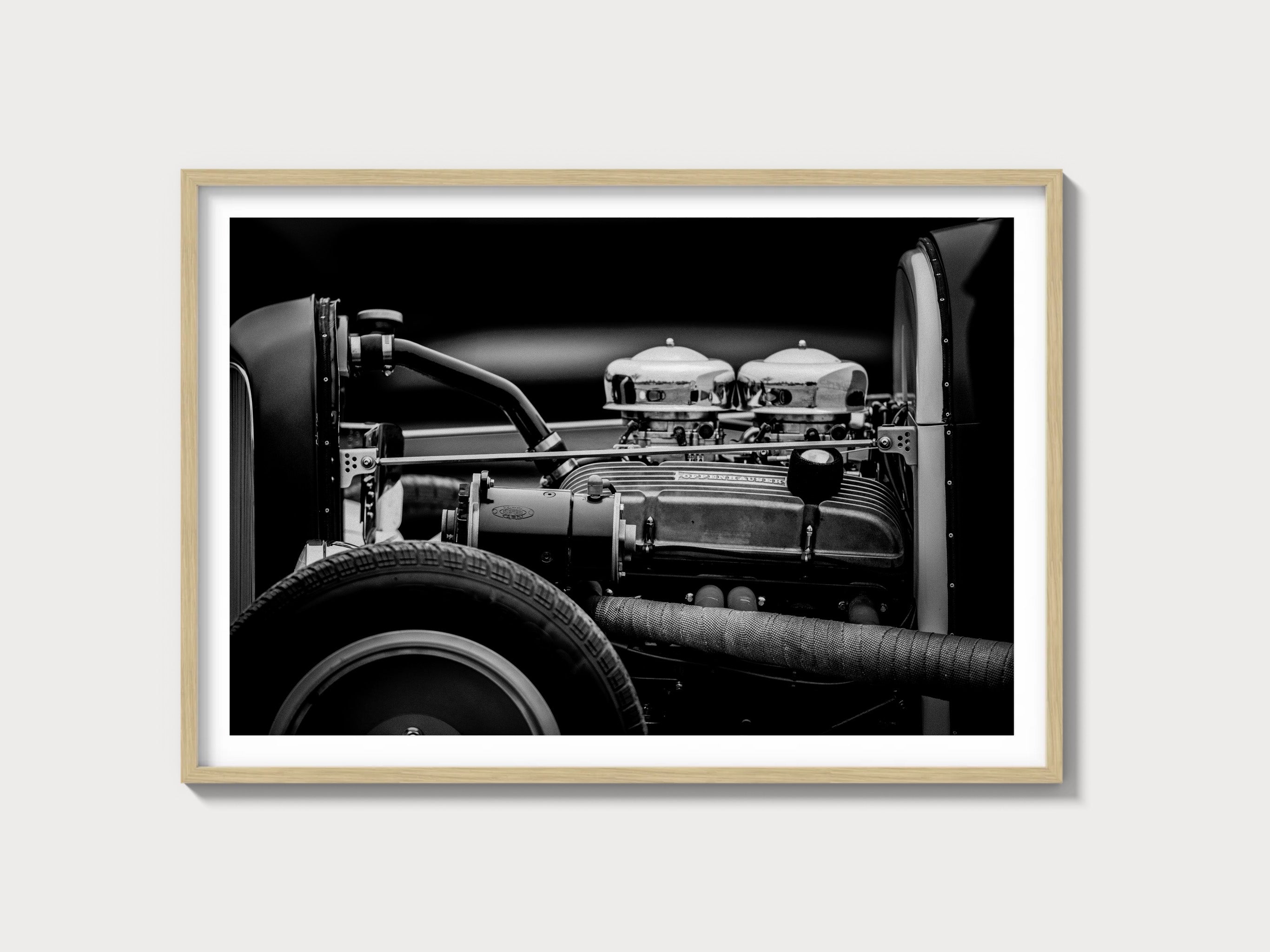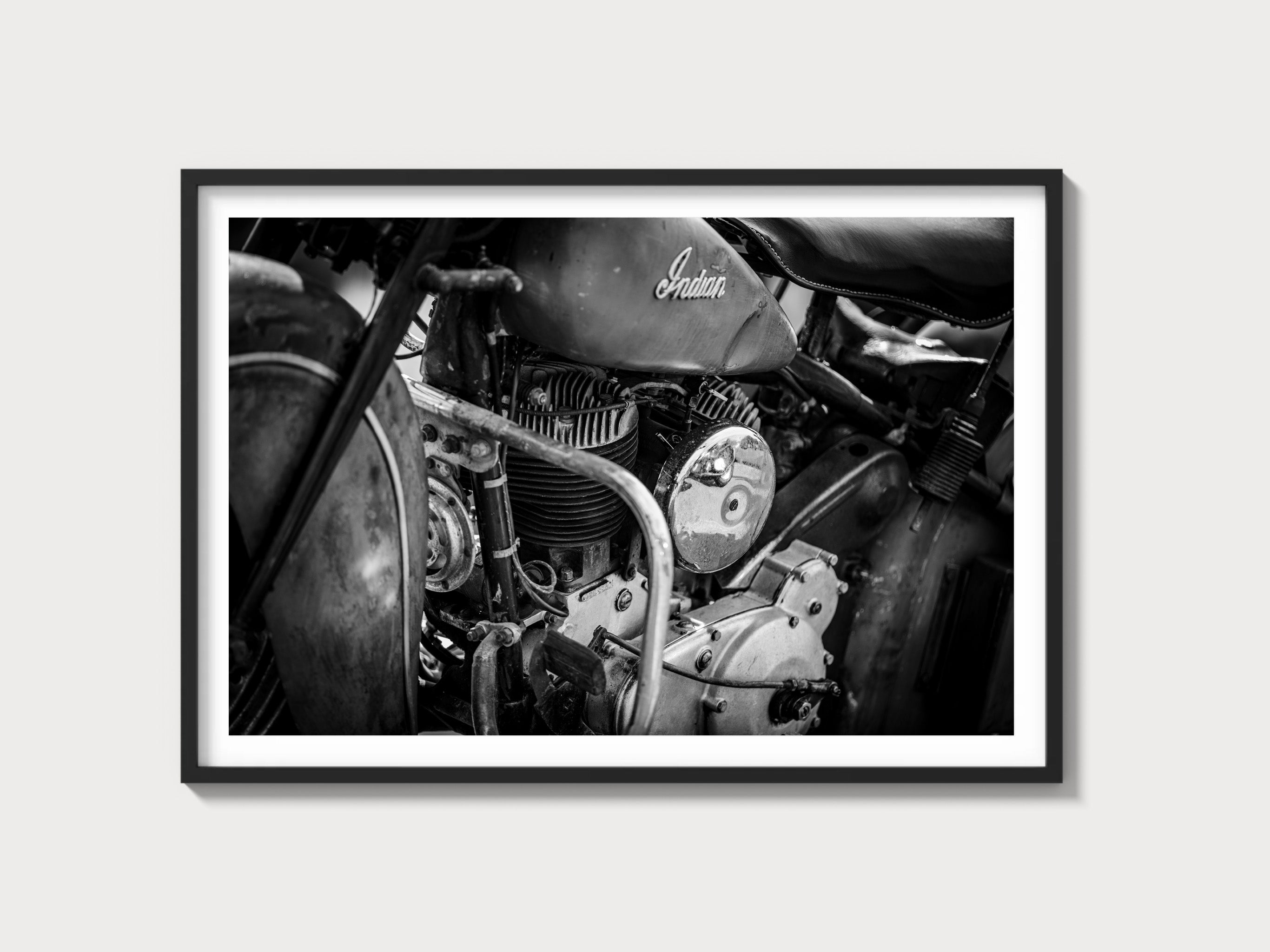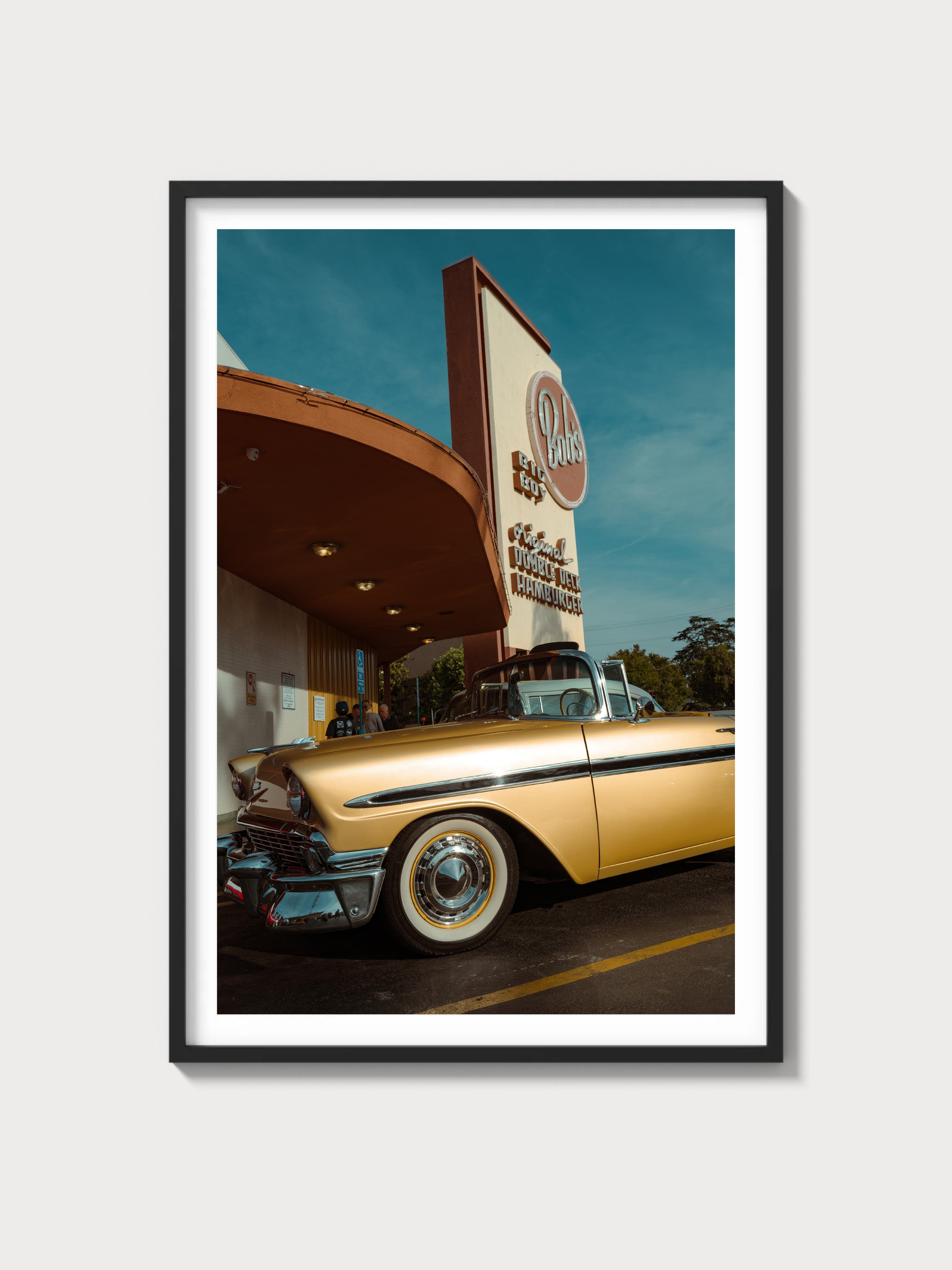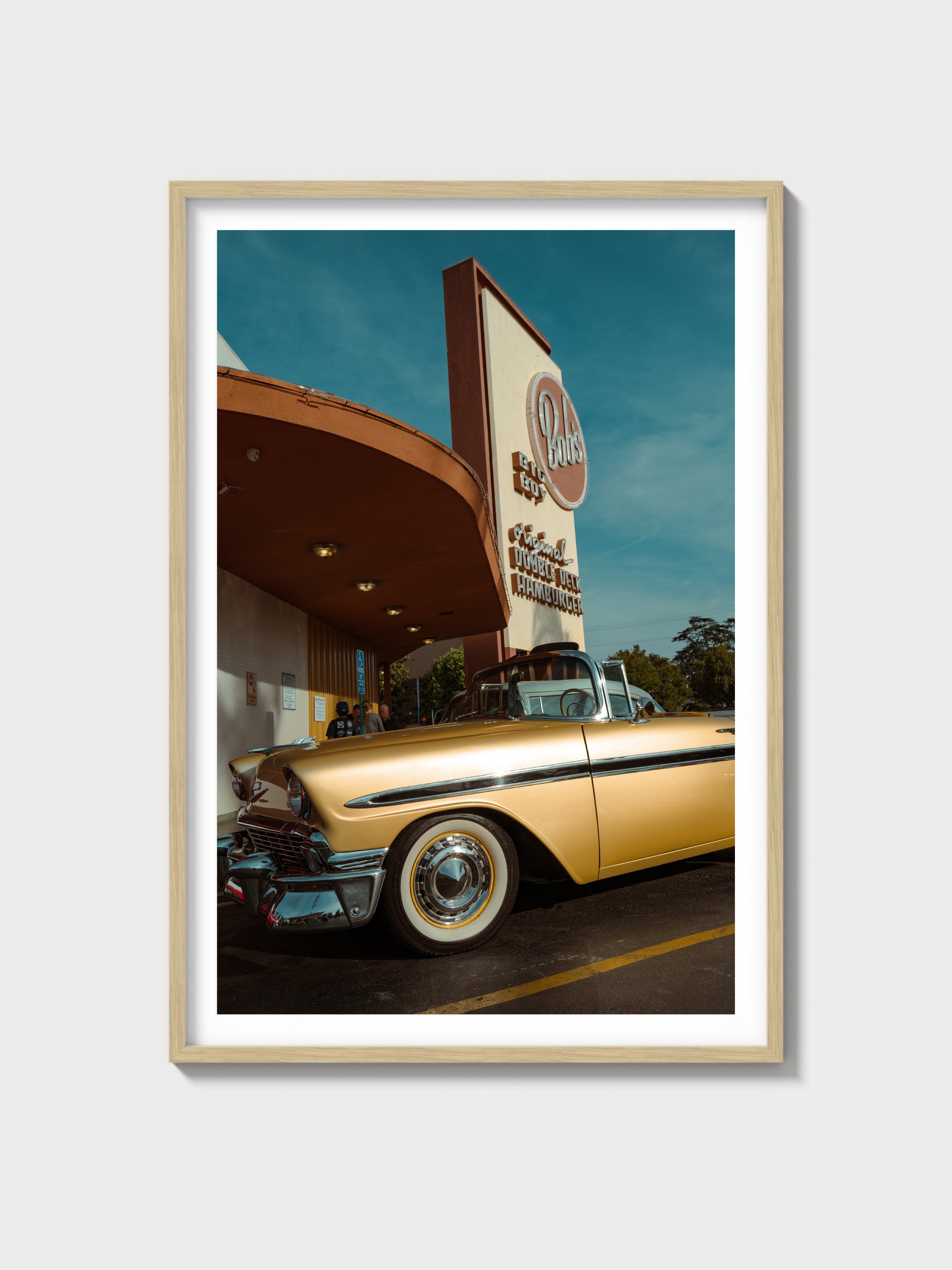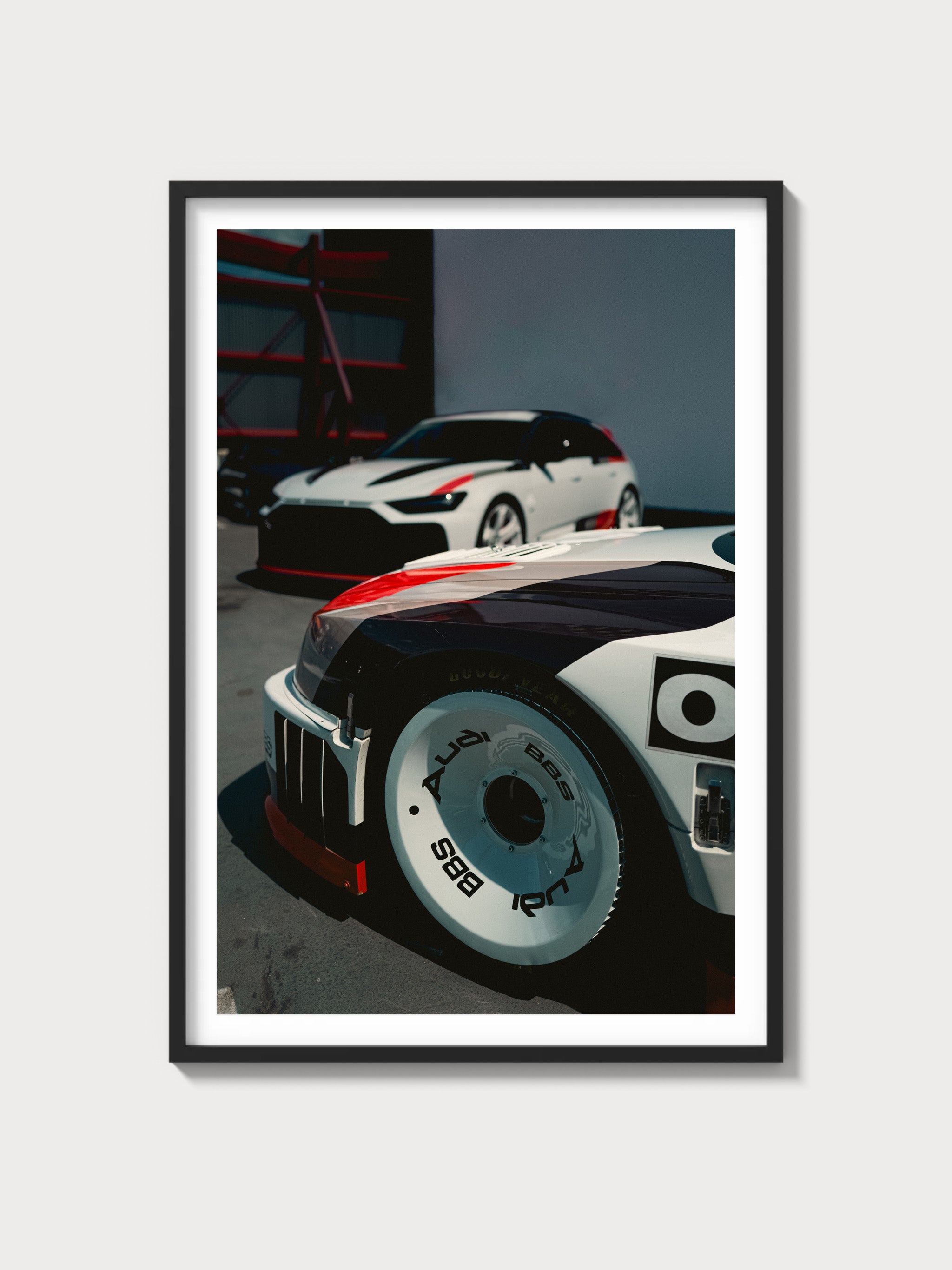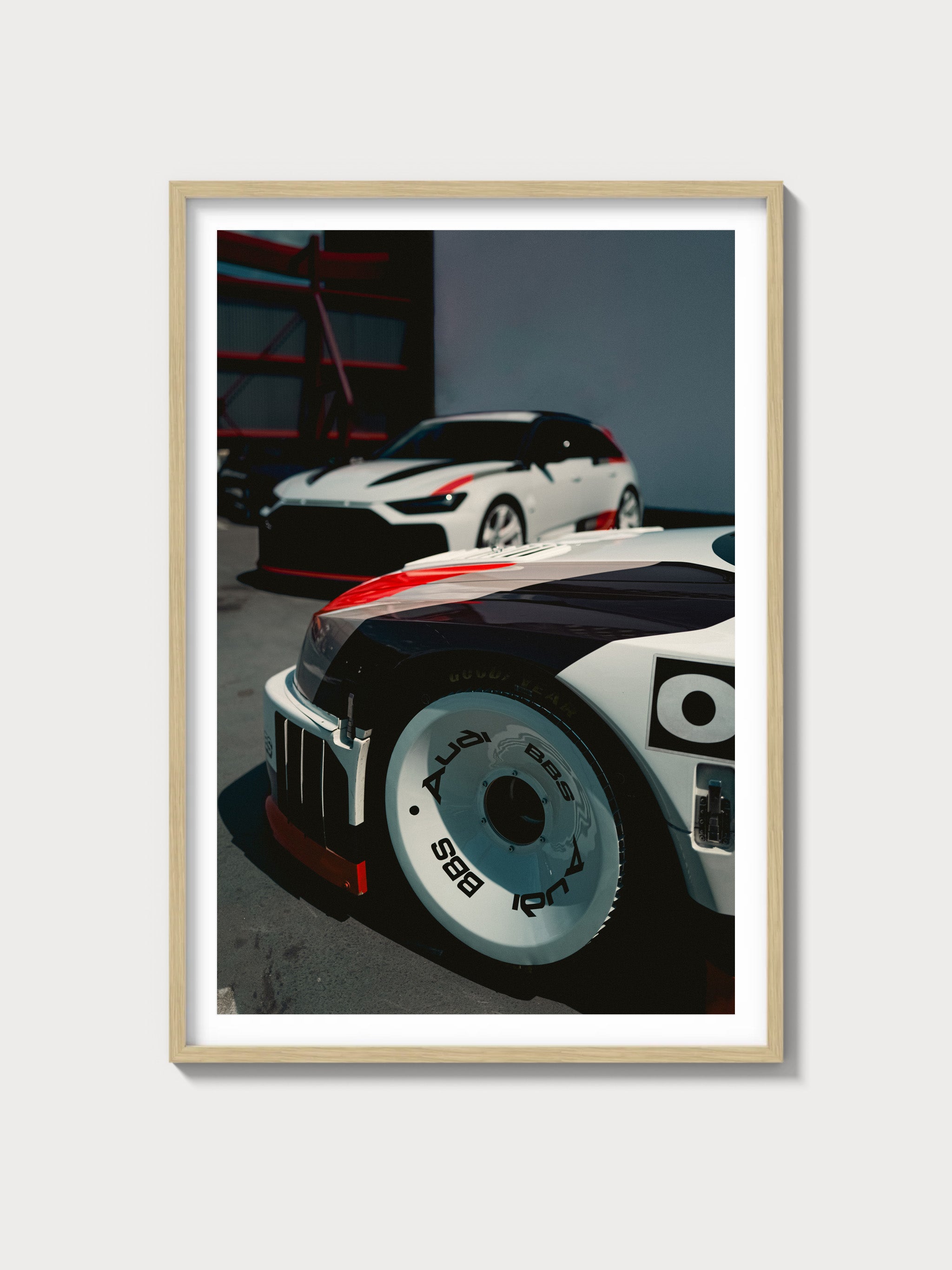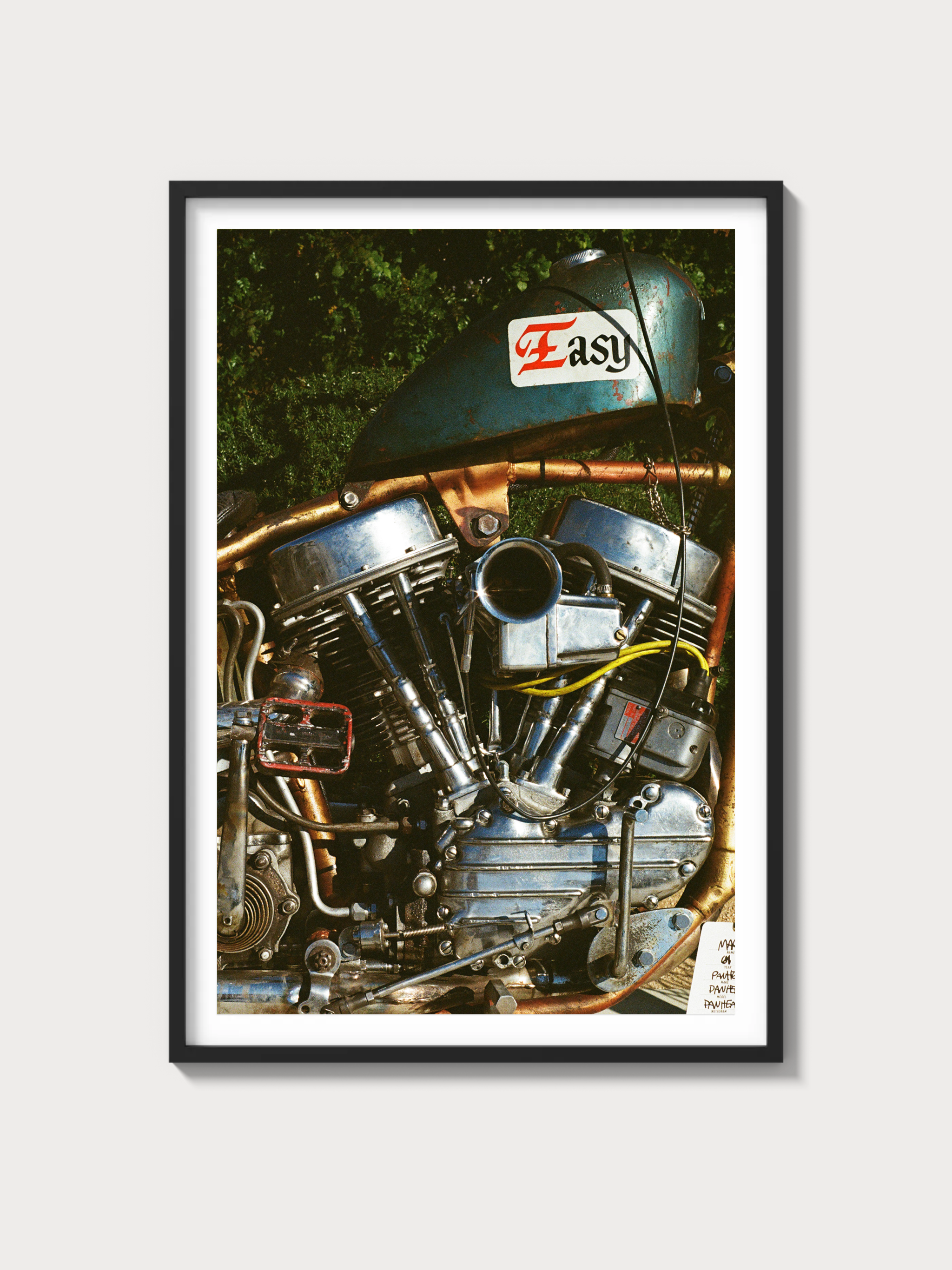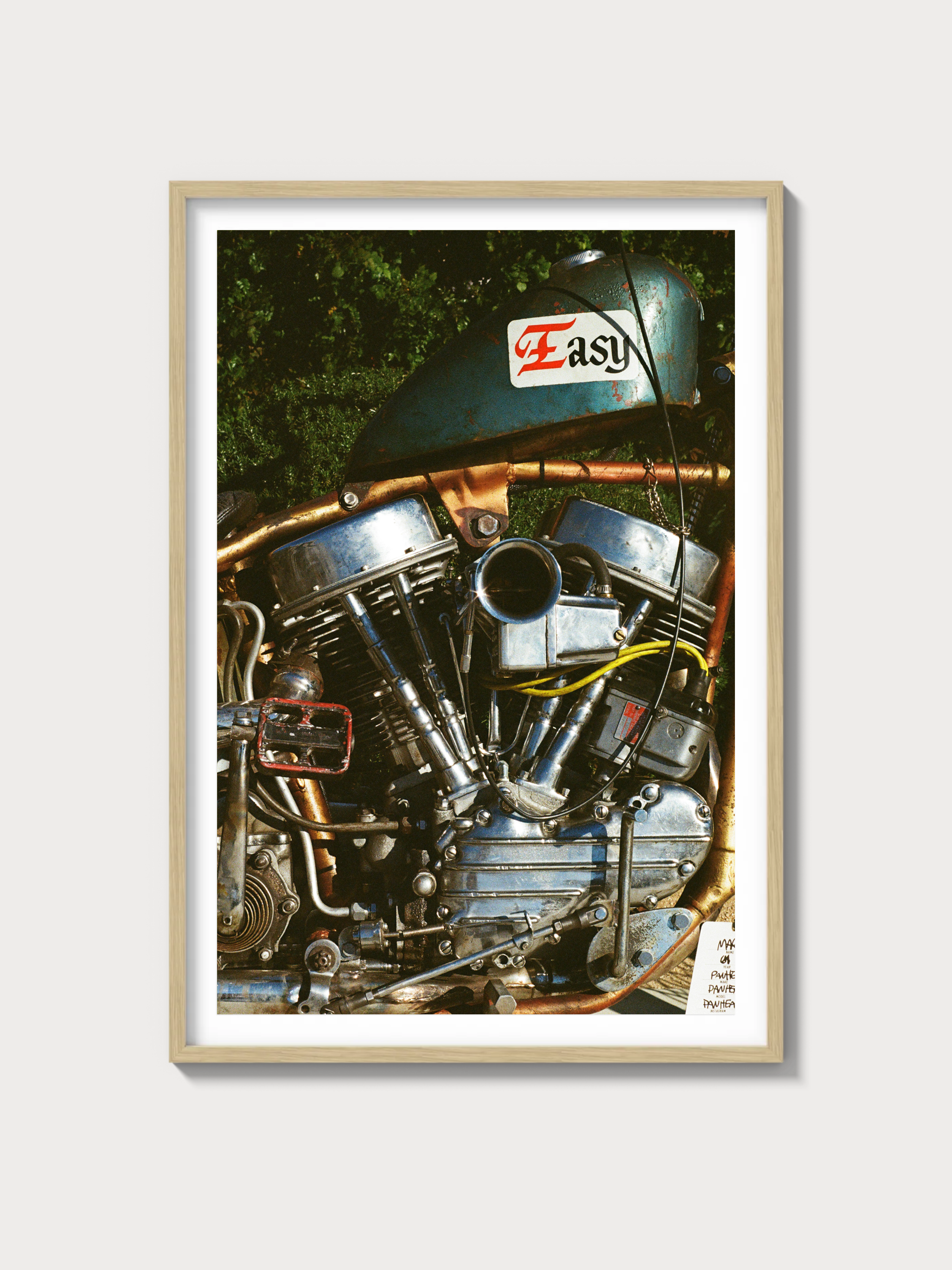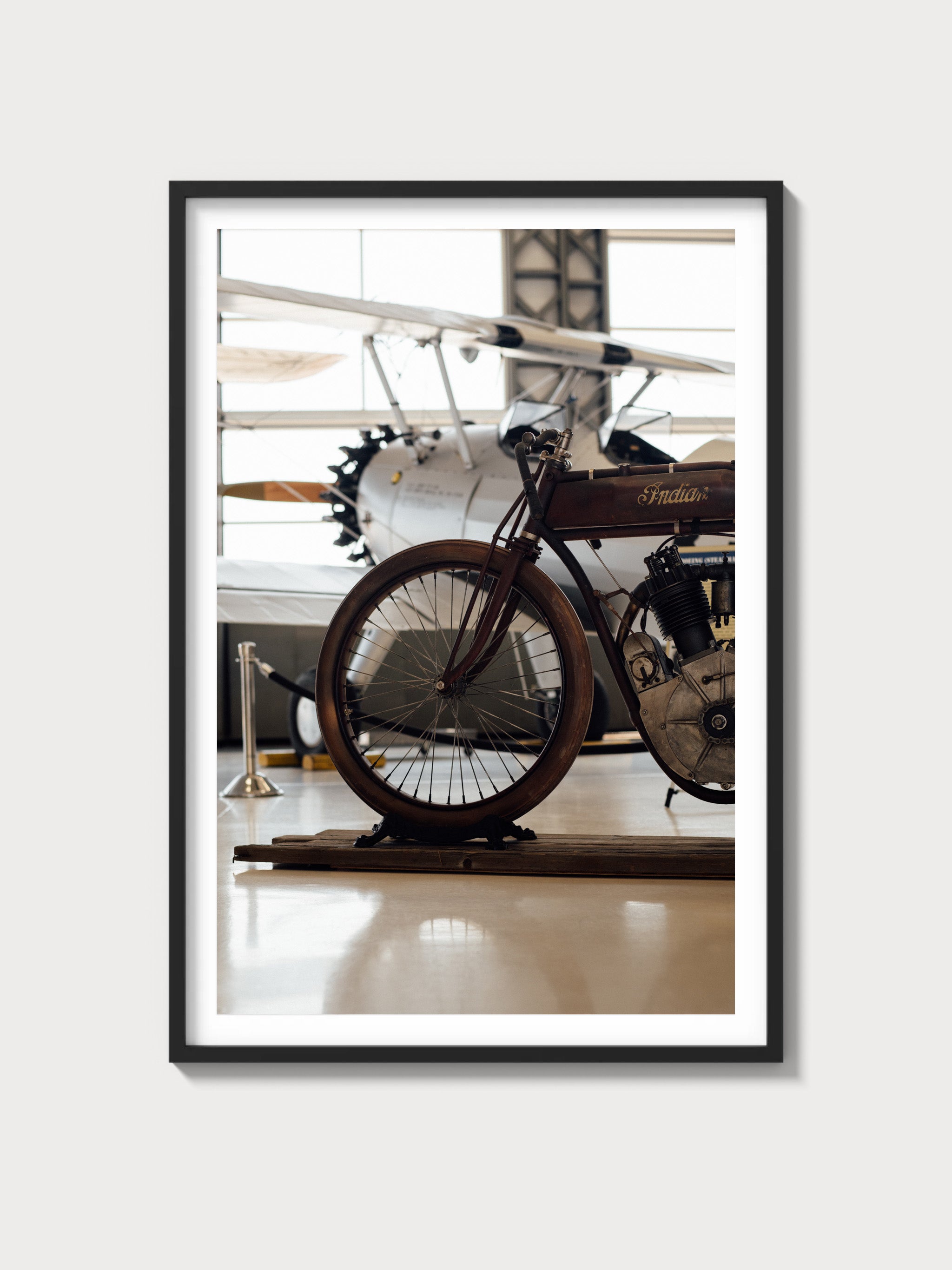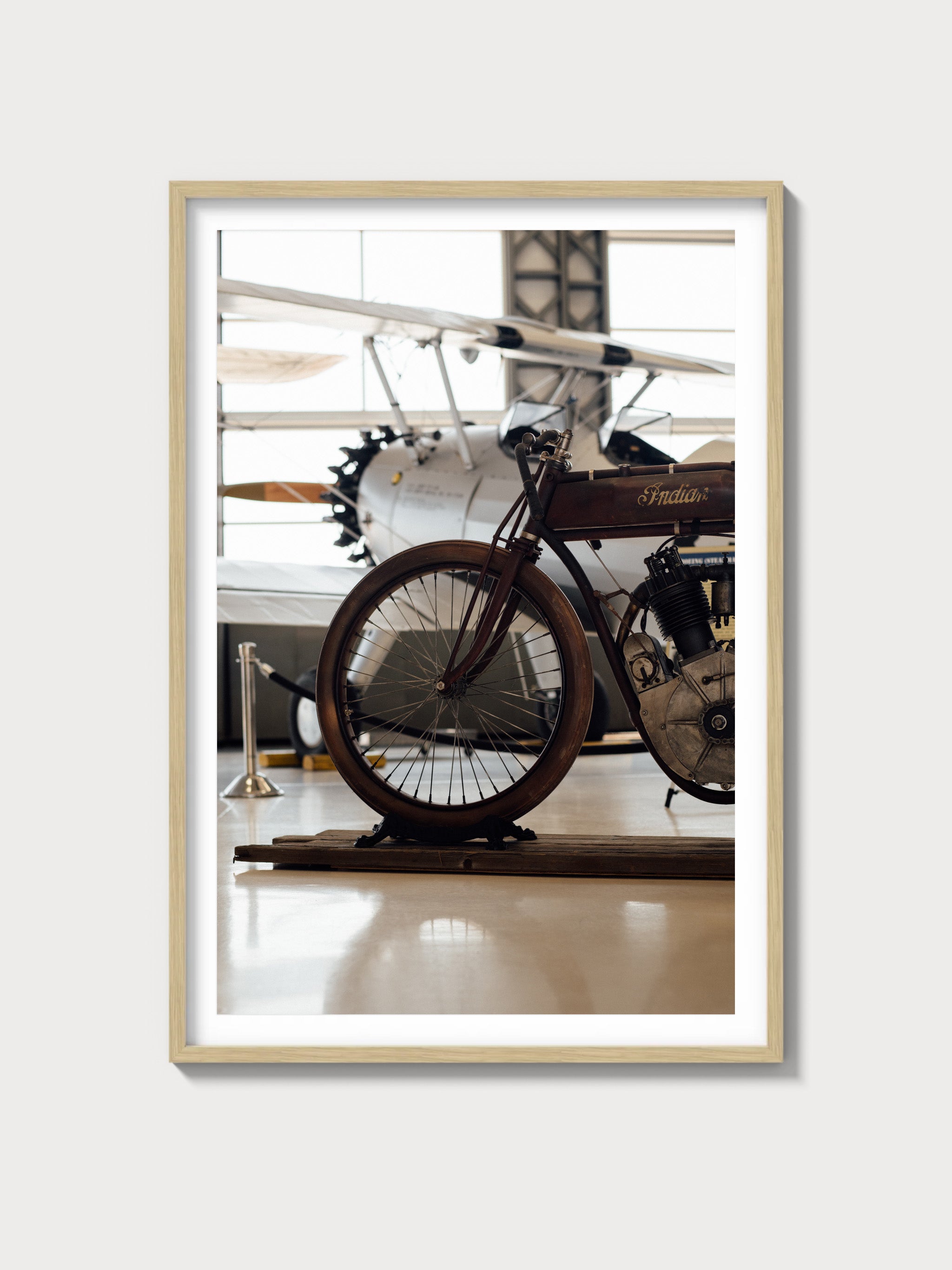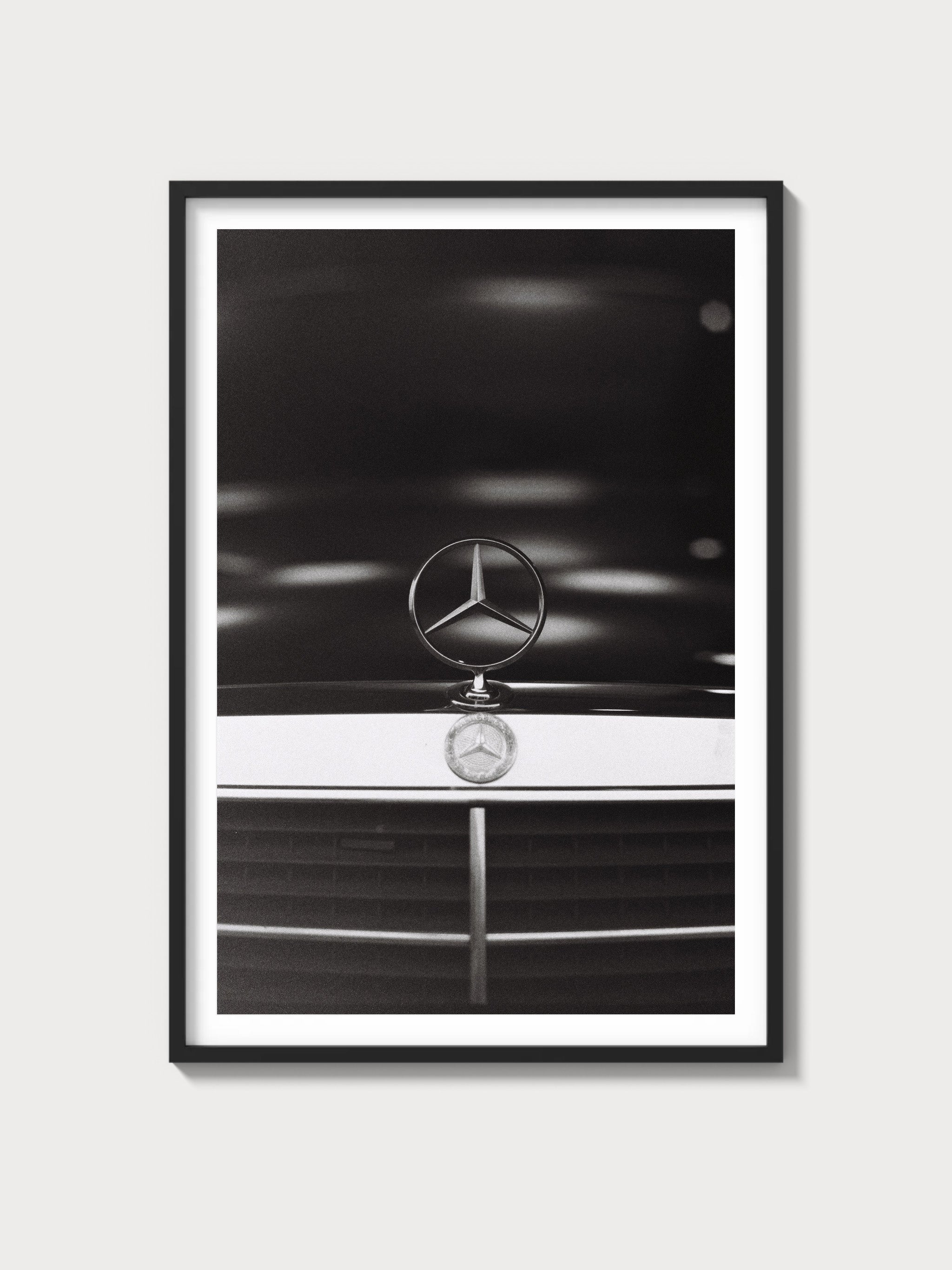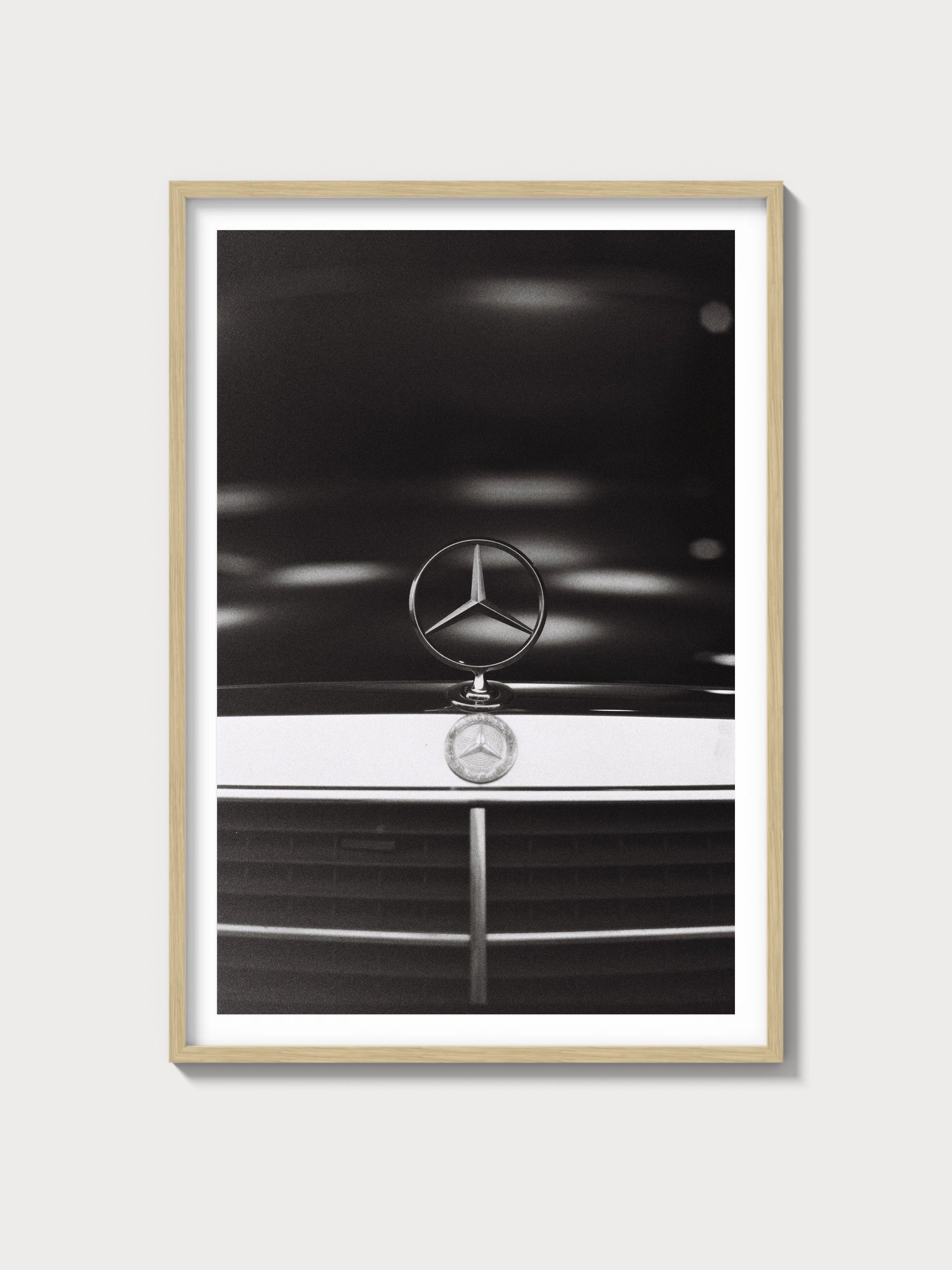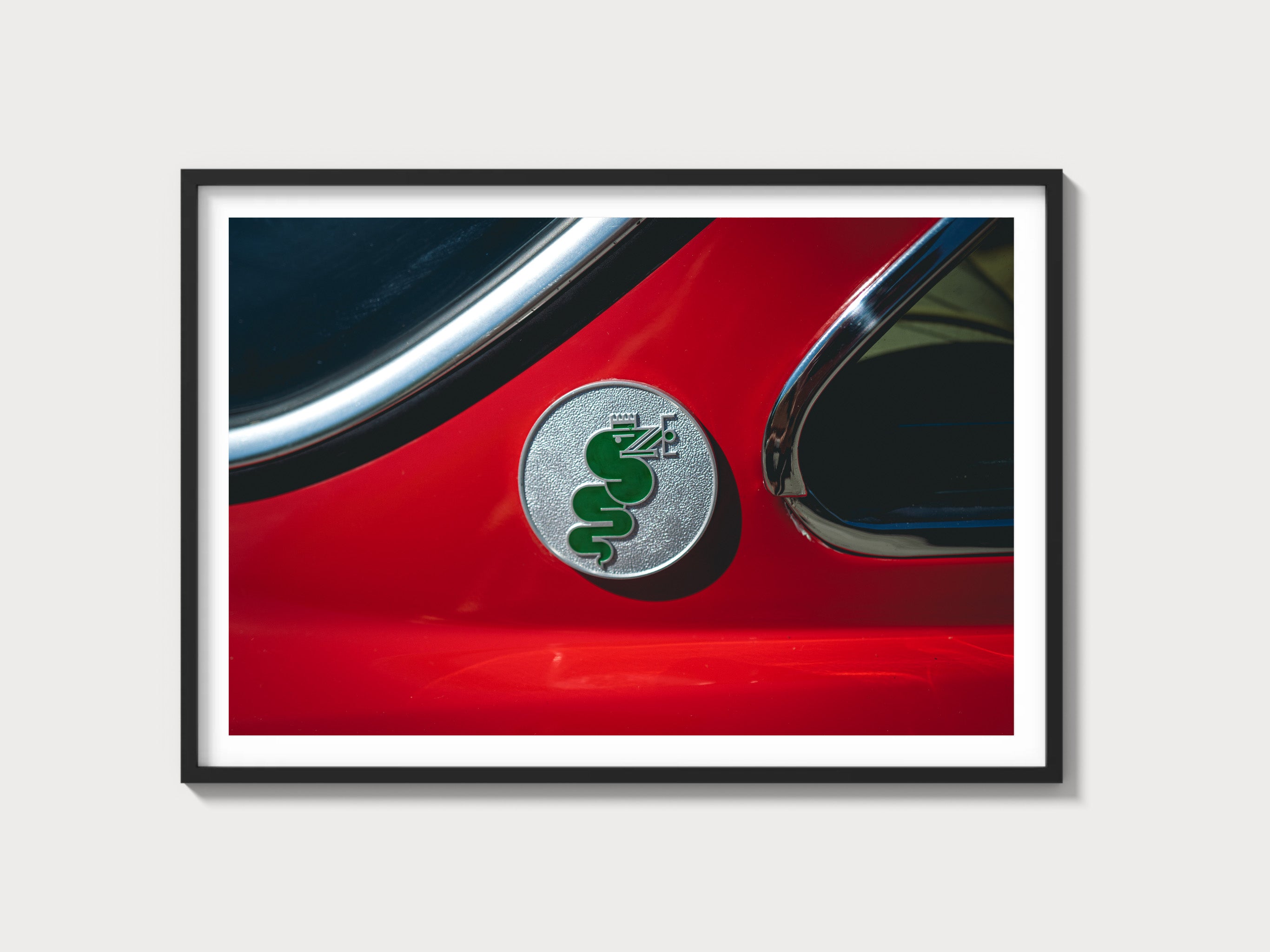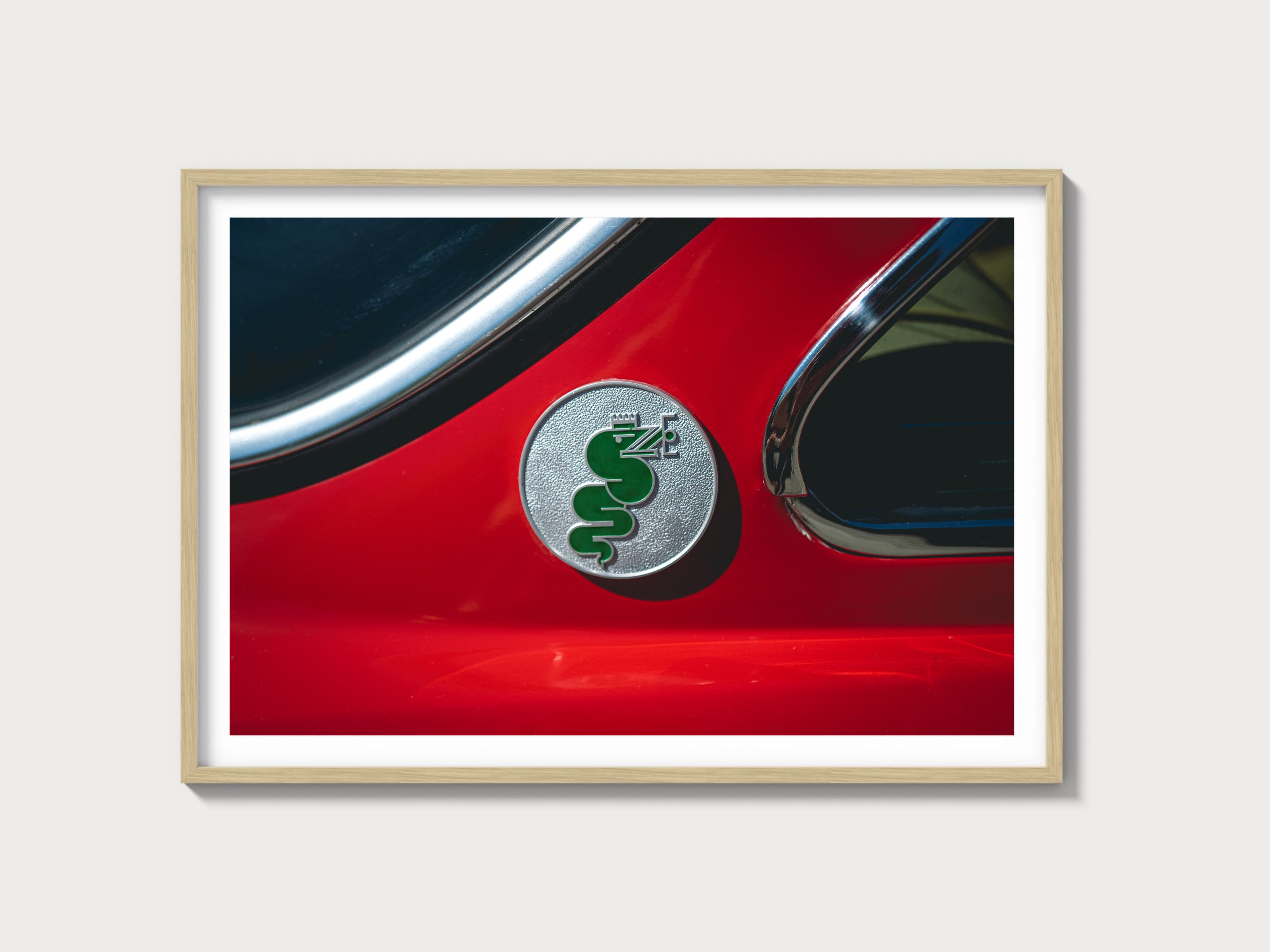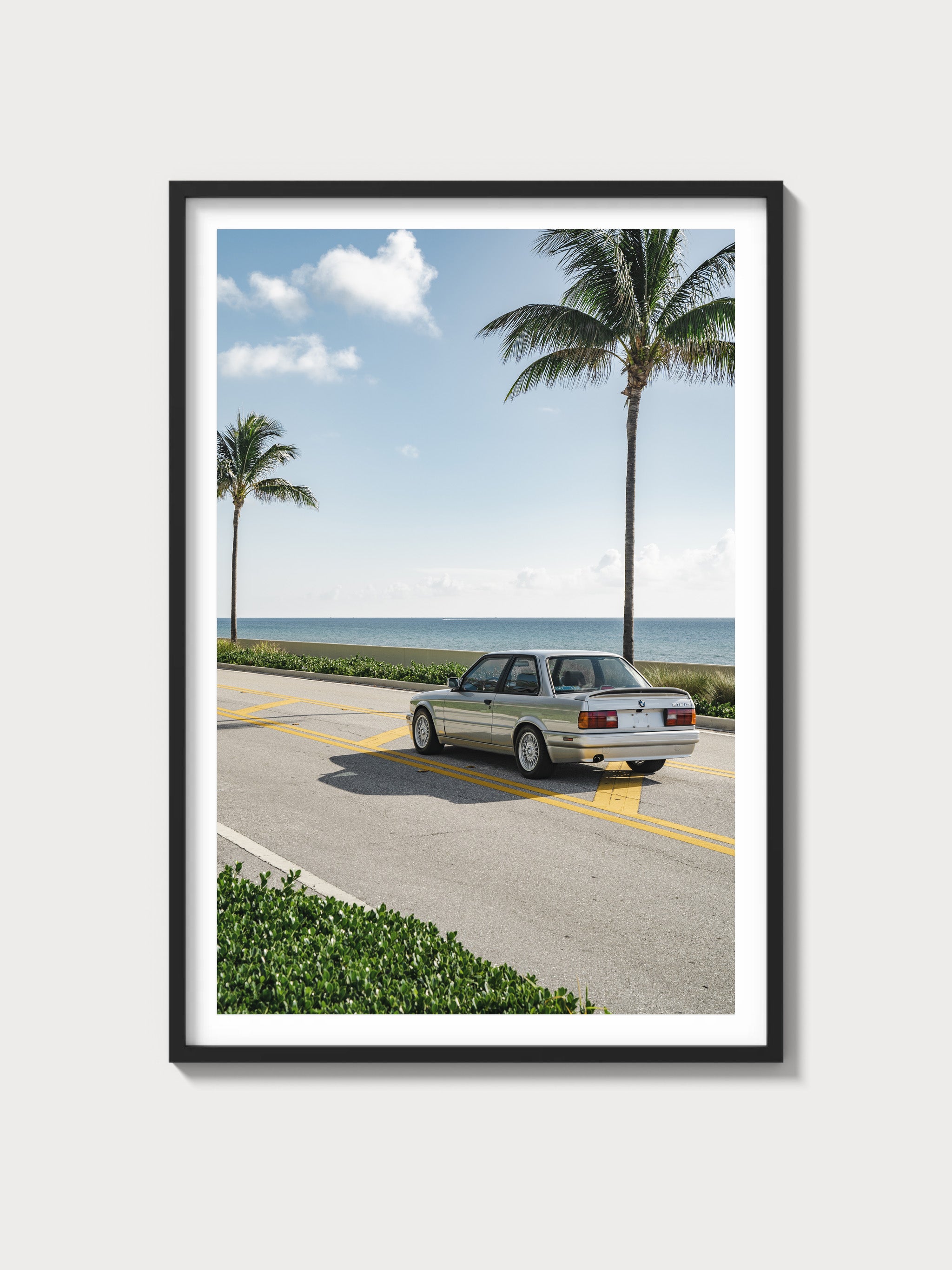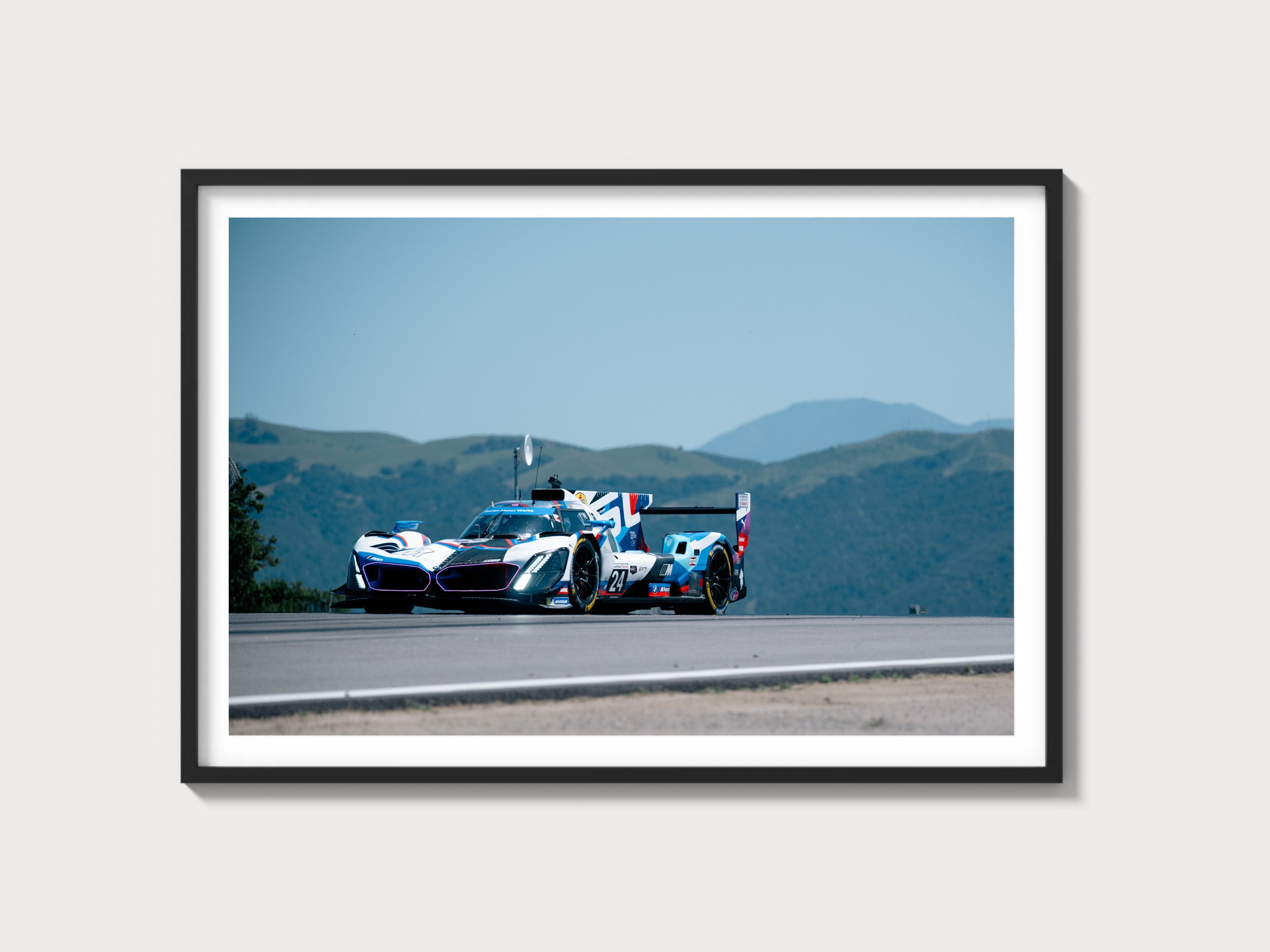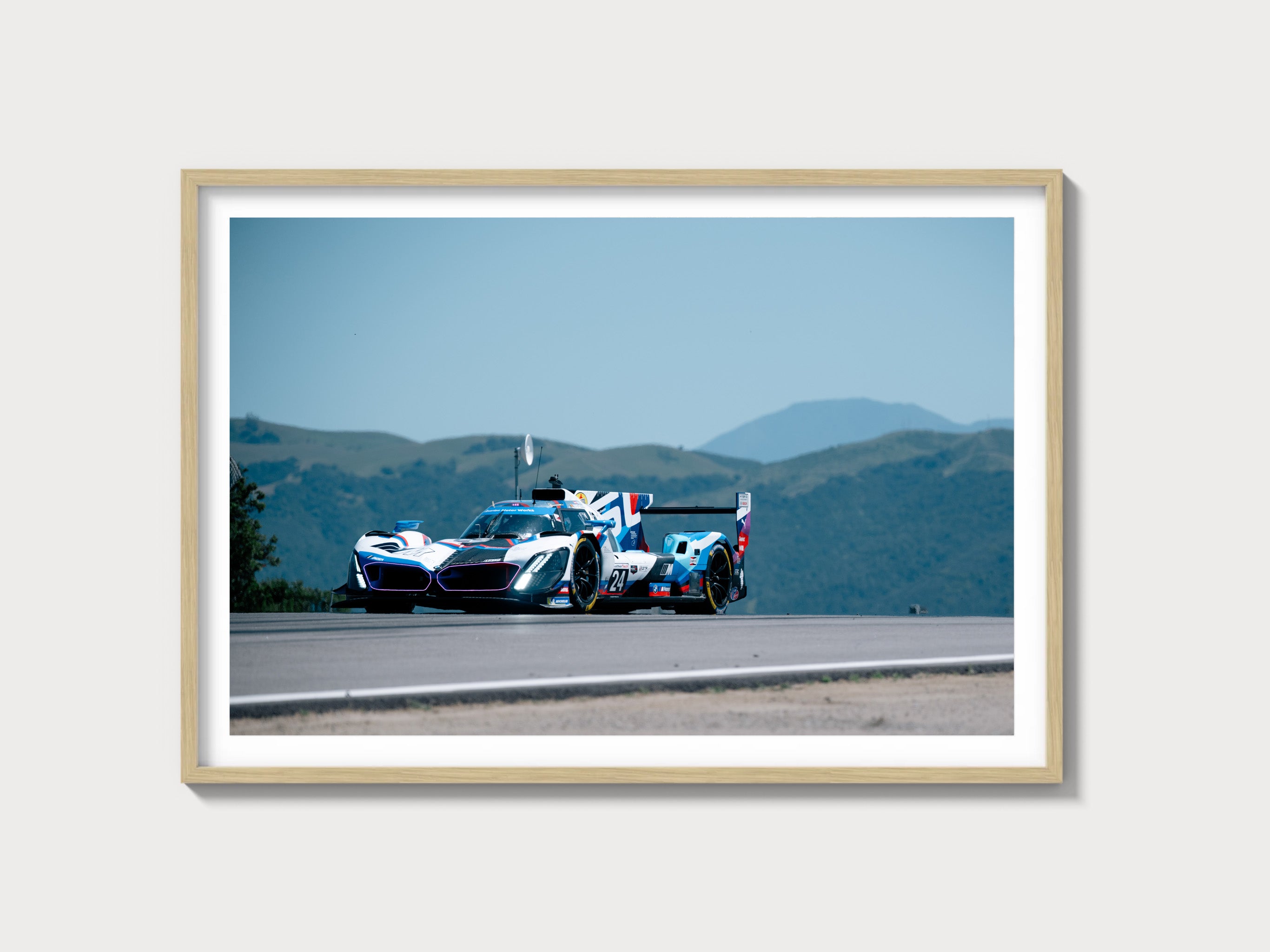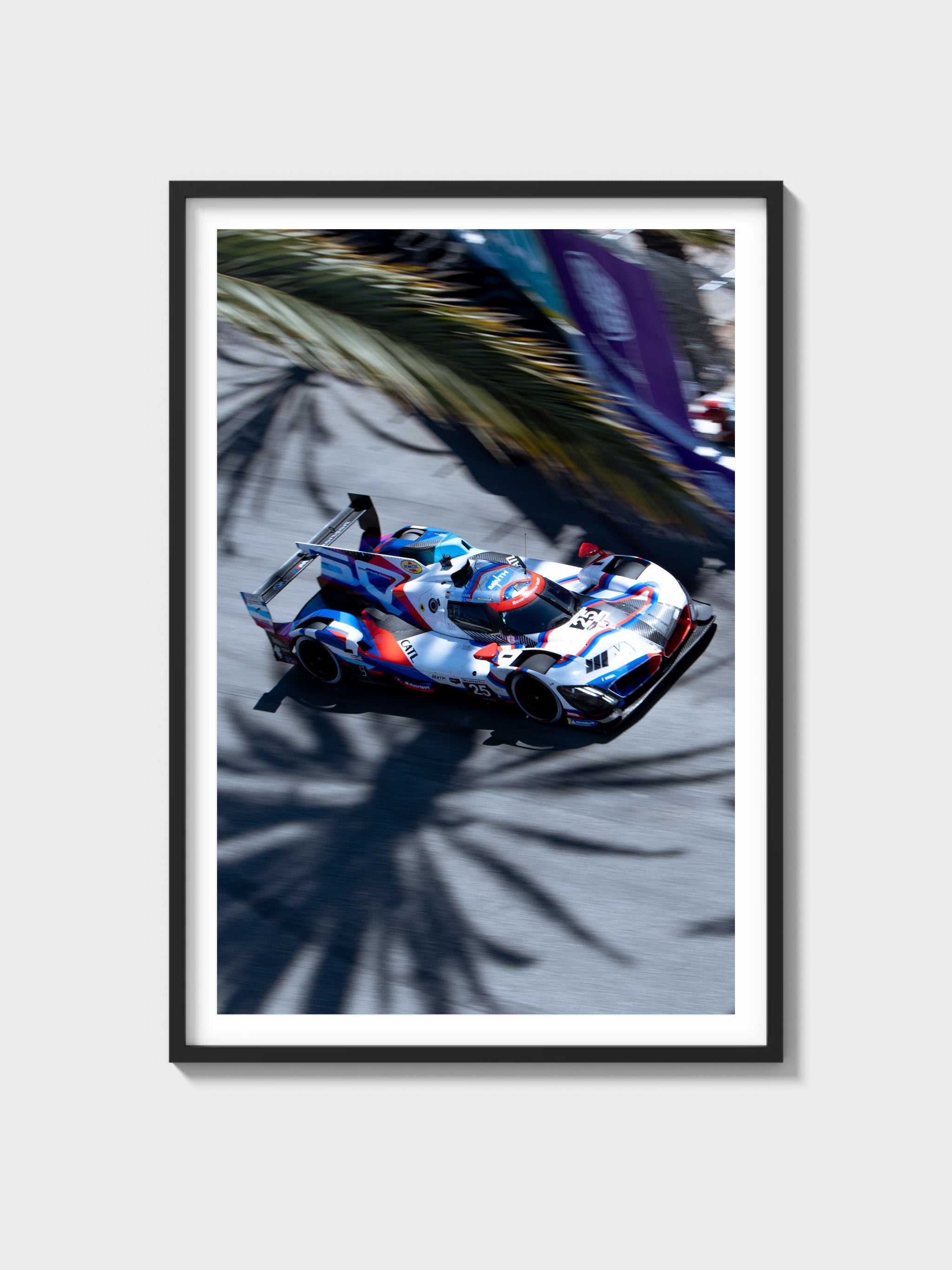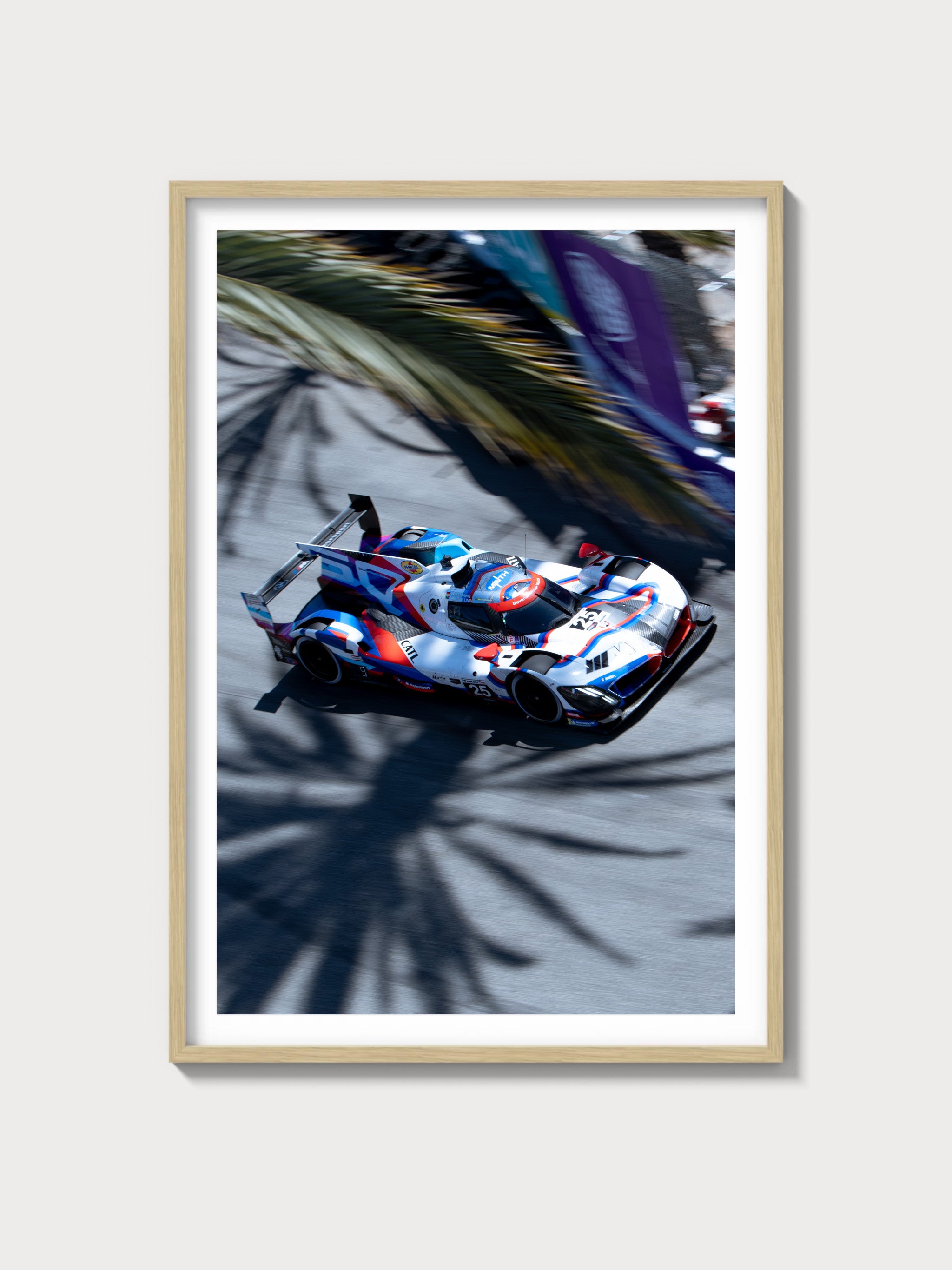1977–1979 Pontiac Phoenix Base — First-Gen X-Body, Deconstructed
Historical context and development background
Introduced for 1977, the first-generation Pontiac Phoenix sat on General Motors’ long-running rear-drive X-body architecture, the same unibody/front-subframe layout underpinning the Chevrolet Nova, Oldsmobile Omega, and Buick Skylark. In Pontiac’s compact hierarchy it effectively replaced the Ventura nameplate, adopting a cleaner, more upscale presentation while retaining the mechanical commonality that made the X-body a parts-bin dream. As the malaise era tightened emissions and fuel economy targets, Pontiac’s compact strategy prioritized drivability, straightforward serviceability, and divisional identity via trim and suspension tuning rather than bespoke hardware.
Corporate realities dictated much of the Phoenix’s specification. Engines were pooled from across GM divisions: Chevrolet’s stalwart 250 inline-six, Buick’s 231 V6 (which transitioned to an even-fire crank design during the 1977 model year), and Pontiac’s lightweight short-deck 301 small V8. The chassis retained the Nova’s proven recipe: a bolt-on front subframe carrying double-wishbone front suspension, a live axle on leaf springs out back, and front disc/rear drum brakes. Body styles mirrored its siblings—two-door coupe (with a hatchback option in period), and four-door sedan—with the Base model occupying the entry point below the better-equipped LJ and the firmer, sport-leaning SJ.
In motorsport terms the Phoenix itself didn’t chase factory-backed laurels, but its X-body bones were ubiquitous in grassroots oval-track and bracket drag scenes, benefitting from an ocean of Nova-compatible parts and straightforward geometry. Competitors of the era were equally familiar: Ford’s Granada/Monarch twins, Dodge Aspen/Plymouth Volaré, and the later downsized intermediates that blurred the compact/mid-size line.
Engines and technical specifications
All Phoenix Base models were carbureted and naturally aspirated. Exact availability and ratings varied by year and emissions calibration, but the core menu remained consistent across 1977–1979.
| Engine | Configuration | Displacement | Horsepower (SAE net) | Induction | Redline | Fuel system | Compression | Bore x Stroke |
|---|---|---|---|---|---|---|---|---|
| Chevrolet 250 I6 | Inline-six, iron block/head | 4.1 L (250 cu in) | ~105–110 hp (year/calibration dependent) | Naturally aspirated | Not formally specified; typical shift range ~4,500–5,000 rpm | Rochester 1-bbl/2-bbl (market/year) | ~8.0:1 | 3.875 in × 3.53 in |
| Buick 231 V6 (even-fire from 1977MY) | 90° V6, iron block/head | 3.8 L (231 cu in) | ~105–110 hp (application dependent) | Naturally aspirated | Not specified; typical shift range ~4,800 rpm | Rochester 2-bbl | ~8.0:1 | 3.80 in × 3.40 in |
| Pontiac 301 V8 | 90° V8, short-deck, iron block/head | 4.9 L (301 cu in) | ~135 hp (2-bbl); up to ~150 hp (4-bbl, availability varied) | Naturally aspirated | Not specified; typical shift range ~4,800–5,000 rpm | Rochester 2GC/Quadrajet (as equipped) | ~8.0:1 | 4.00 in × 3.00 in |
Transmission choices mirrored Nova practice: a column-shift Saginaw 3-speed manual on entry cars, a floor-shift 4-speed manual paired to selected engines and packages, and the ubiquitous Turbo-Hydramatic 350 3-speed automatic that most buyers chose. Power steering and power front disc brakes were commonly specified; rear drums were standard across the board.
Driving experience and handling dynamics
Contemporary road impressions highlight the Phoenix Base as honest and unpretentious: light, linear throttle response from its small Rochester-fed engines, long-travel pedal efforts, and the kind of recirculating-ball steering that communicates through phase lag rather than fingertip texture. With the sixes, the front end feels lighter and more compliant over broken pavement; the 301 V8 brings extra midrange and a marginally nose-heavier stance without transforming the car’s character.
Pontiac’s tuning emphasis shows up in spring and damper rates slightly firmer than some siblings, and the SJ package (not Base, but often cross-shopped) sharpened things further with higher-rate springs, anti-roll bars, and tire upgrades. Even in Base trim the X-body’s geometry is inherently predictable: double A-arms and coils up front, a leaf-sprung live axle that articulates cleanly if you keep bushing compliance in check. Period radials and tall sidewalls define the slip angles; it’s a car you place with the steering wheel and settle with the throttle, not one you trail-brake into hairpins.
The manual gearbox is long of throw but robust, the TH350 smooth and decisive when properly serviced. Carburetor calibration and choke setup are critical for clean cold starts and part-throttle drivability; when dialed-in, the Phoenix ambles through traffic with the relaxed demeanor that endeared these cars to American families and grassroots tinkerers alike.
Full performance specifications
Performance varied by body style, axle ratio, and especially engine. Period test data for Phoenix/Nova-spec cars of similar weight and gearing place the Base Phoenix roughly within the following ranges.
| Metric | 1977–1979 Phoenix Base (typical ranges) |
|---|---|
| 0–60 mph | ~10.5–16.0 s (V8 fastest, six-cylinder/automatic slowest) |
| Quarter-mile | ~17.5–20.0 s @ ~72–79 mph |
| Top speed | ~95–110 mph, engine/axle dependent |
| Curb weight | Approx. 3,050–3,350 lb (equipment/body style sensitive) |
| Layout | Front-engine, rear-wheel drive (unibody with bolt-on front subframe) |
| Brakes | Front disc, rear drum; power assist widely fitted |
| Front suspension | Short/long arm (double wishbone), coil springs, anti-roll bar (as equipped) |
| Rear suspension | Live axle, semi-elliptic leaf springs |
| Gearboxes | 3-speed manual; 4-speed manual (select applications); 3-speed Turbo-Hydramatic 350 automatic |
Variants and trims within the first generation
Within 1977–1979, the Phoenix was offered in several trims. The Base specification emphasized value; LJ angled toward comfort; SJ carried the sport-flavored hardware. Exact availability and equipment groupings varied by model year and market.
| Trim/Edition | Positioning | Key differences | Engines | Production (approx.) | Market split |
|---|---|---|---|---|---|
| Base | Entry-level | Bench seats, simpler trim, steel wheels/hubcaps, basic instrumentation | Chevy 250 I6; Buick 231 V6 (availability by year/market); Pontiac 301 V8 optional | Trim-level breakdowns not separately published | Primarily U.S. and Canada |
| LJ | Luxury-oriented | Upgraded upholstery/brightwork, additional sound insulation, convenience options | As Base; V8 more commonly specified | Trim-level breakdowns not separately published | U.S./Canada |
| SJ | Sport-oriented | Firm suspension tuning, wheel/tire upgrades, “SJ” badging, optional gauges | Sixes and 301 V8 (V8 favored) | Trim-level breakdowns not separately published | U.S./Canada |
Body styles included a two-door coupe (with a hatchback variant offered during the period) and a four-door sedan. Paint and trim catalogs varied year-to-year; Base cars wore simple “Phoenix” scripts and minimal brightwork, with wheel covers in place of styled steel or rally wheels.
Ownership notes: maintenance, parts, restoration
- Powertrain durability: The Chevrolet 250 inline-six is renowned for longevity with routine oil changes and valve adjustments as needed. Buick’s 231 V6 (even-fire from 1977) improved smoothness and parts availability is strong. Pontiac’s 301 V8 is light and torquey; keep cooling and timing in check to preserve head gaskets and detonation margin.
- Fuel and ignition: All engines use Rochester carburetors; proper choke pull-off, float level, and vacuum hose integrity are essential for crisp drivability. HEI ignition modules and coils are common wear items but inexpensive and widely available.
- Chassis and brakes: Expect wear in idler arms, center links, and control arm bushings. Rear leaf spring shackles and bushings age conspicuously. Single-piston front calipers are simple; periodic fluid flushes help pedal feel.
- Rust watchpoints: Rear wheel arches, lower front fenders, lower doors, trunk floor, cowl/windshield base, and subframe-to-body mounts. Inspect leaf spring mounts and rear frame rails carefully.
- Service intervals: Conservative practice includes annual coolant service, brake fluid every two years, differential oil inspection at major services, and periodic carburetor clean/rebuild depending on use. Plugs, wires, cap/rotor at typical tune-up intervals keep HEI systems healthy.
- Parts ecosystem: Interchange with Nova/Omega/Skylark is a major advantage. Suspension, brake, steering, weatherstripping, and interior items are supported by the classic GM aftermarket.
- Restoration difficulty: Straightforward. Bodywork quality and rust remediation drive cost more than mechanicals. Original trim for Base cars (hubcaps, interior fabrics) can require patience to source in the correct patterns.
Cultural relevance and today’s collector lens
The first-gen Phoenix stands as Pontiac’s final rear-drive compact before the clean-sheet, front-drive X-body of 1980. It never achieved the pop-cultural gravity of the Firebird/Trans Am, but its blend of Nova hardware and Pontiac presentation kept it visible on American streets and—crucially—in grassroots competition and daily-driver lore. You’ll see them periodically in regional auctions and enthusiast classifieds; survivor-grade, low-mileage examples and cars with documented options tend to draw the most attention, while driver-quality Base cars remain accessible entry points into ’70s GM ownership.
FAQs
What engines were available on the 1977–1979 Pontiac Phoenix Base?
Across the run, typical engines included the Chevrolet 250 cu in inline-six, the Buick 231 cu in V6 (even-fire from 1977–), and Pontiac’s 301 cu in V8. Availability and ratings varied by model year and market.
How much horsepower did the Phoenix Base make?
Factory net ratings commonly fell in the ~105–110 hp range for the sixes and ~135 hp for the 2-bbl 301 V8, with higher figures when a 4-bbl 301 was specified in certain applications.
Is the Phoenix Base reliable?
When maintained, yes. These engines and gearboxes are robust, with plentiful parts support. Expect normal carburetor and ignition upkeep, attention to cooling systems, and periodic bushing/steering service.
Known problem areas?
Rust at wheel arches, lower panels, trunk floor, and subframe mounts; worn steering linkage and suspension bushings; aged vacuum hoses causing drivability issues; and deferred brake hydraulics are the usual suspects.
How does it drive compared with a Chevrolet Nova?
Fundamentally similar. Pontiac-specific suspension calibrations and equipment packages can add a touch of firmness, but the core feel—predictable, compliant, and unpretentious—is shared.
What transmissions were offered?
A 3-speed manual (column shift), a 4-speed manual in selected combinations, and the 3-speed Turbo-Hydramatic 350 automatic, which most cars received.
Are trim-level production numbers available?
Pontiac did not widely publish trim-level breakdowns for the Phoenix; surviving data typically aggregate by model line rather than Base/LJ/SJ splits.

